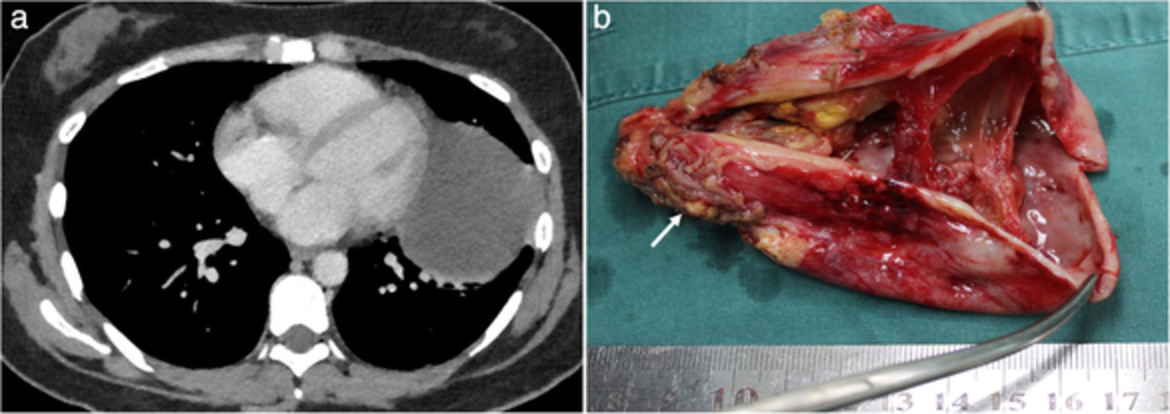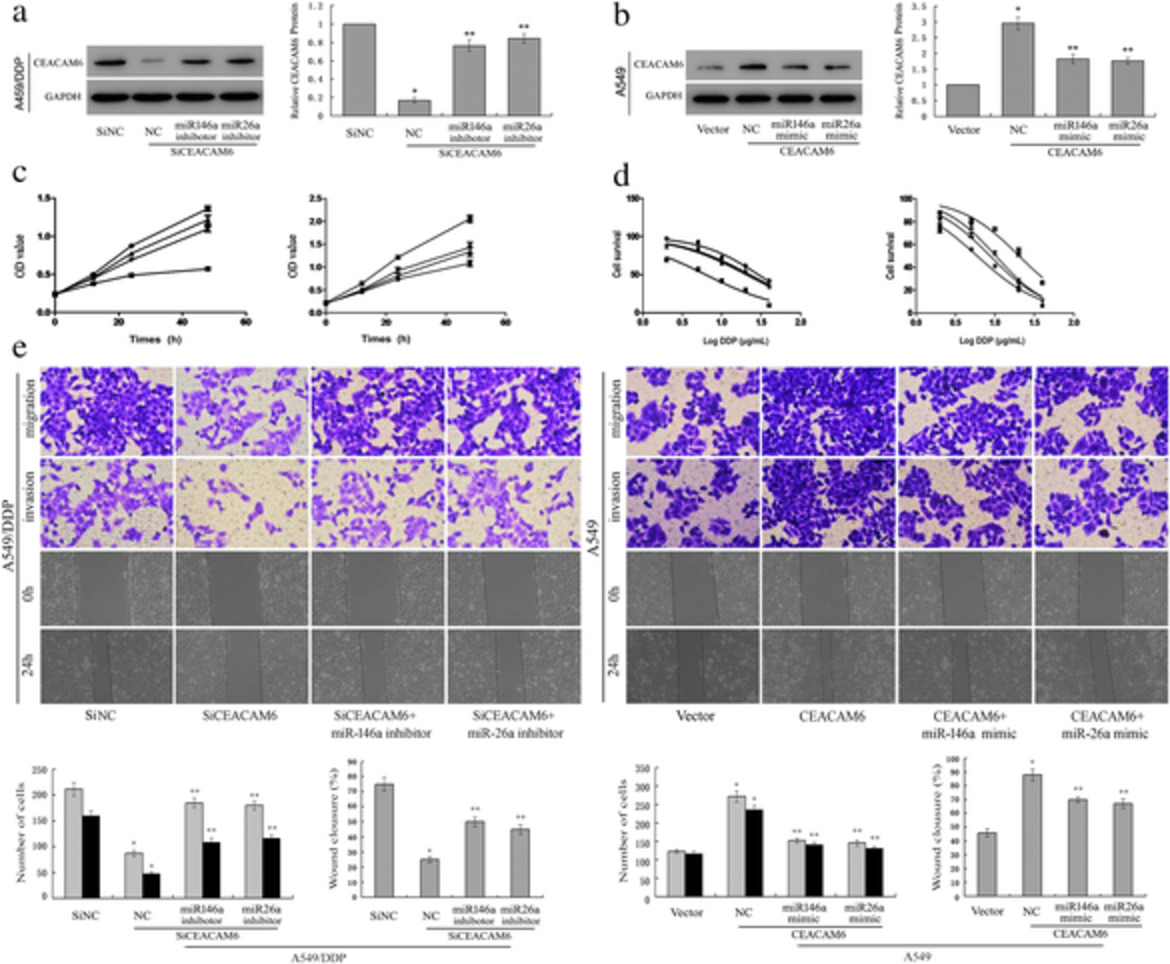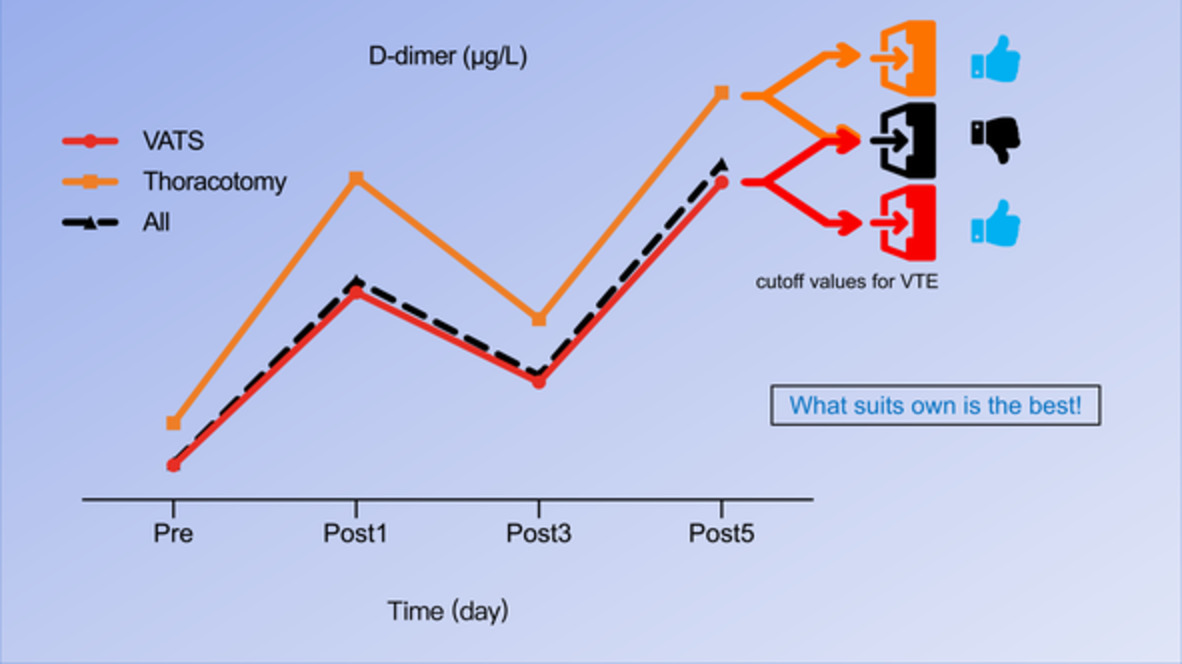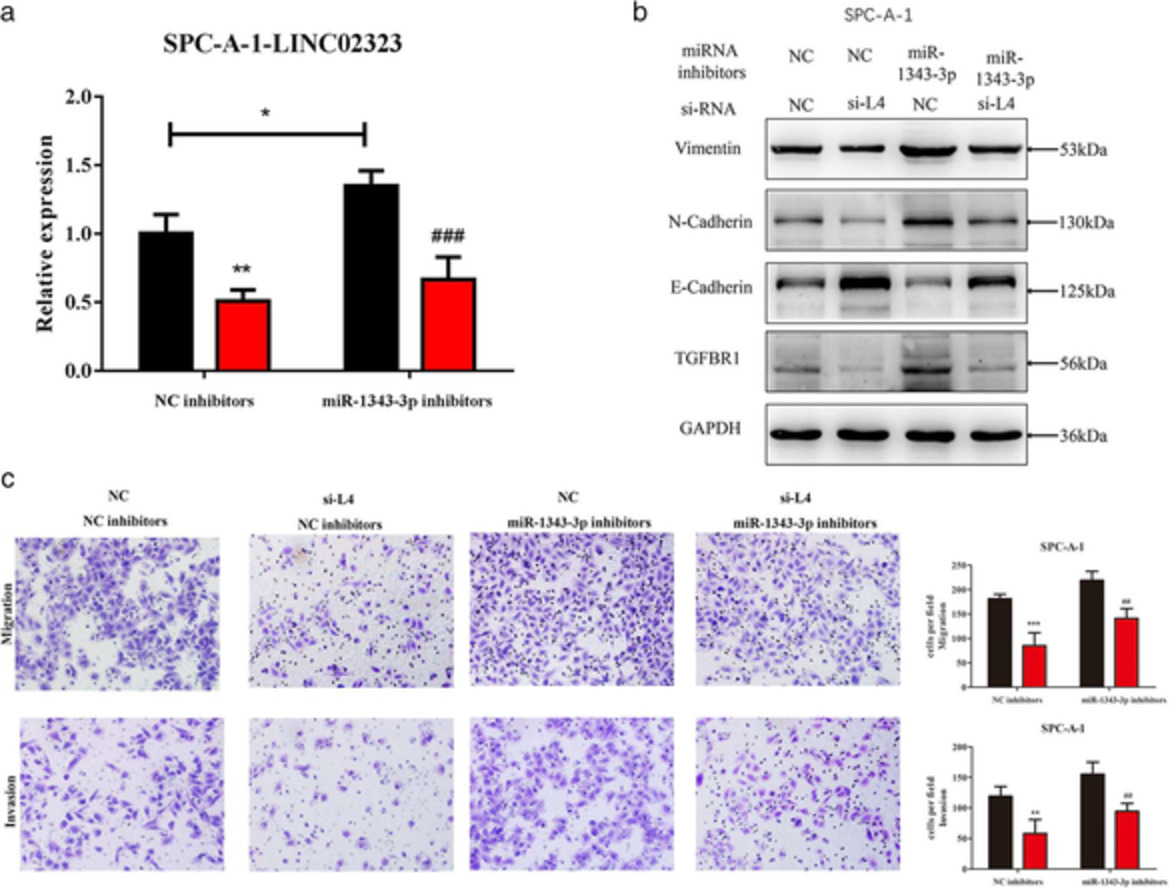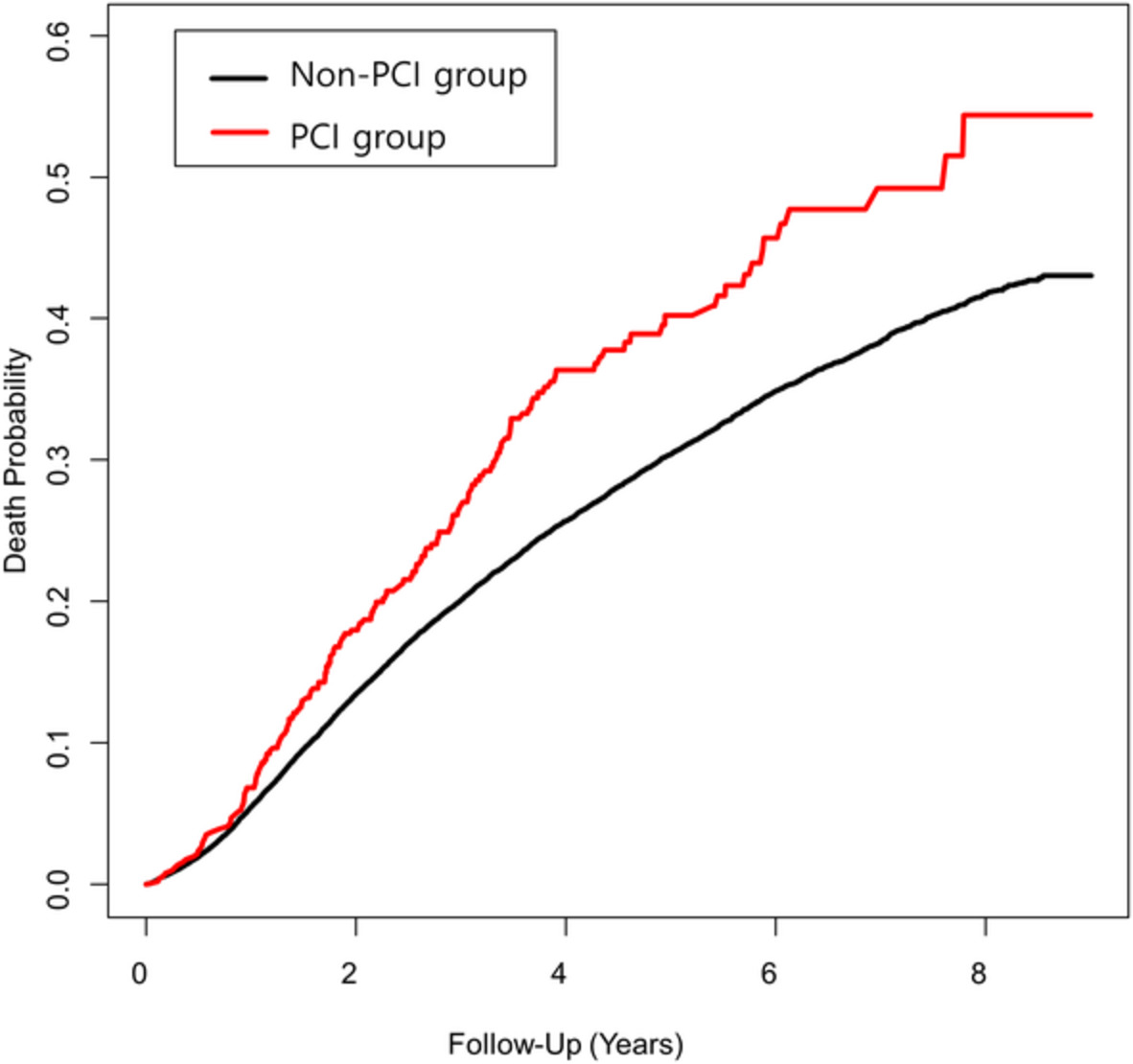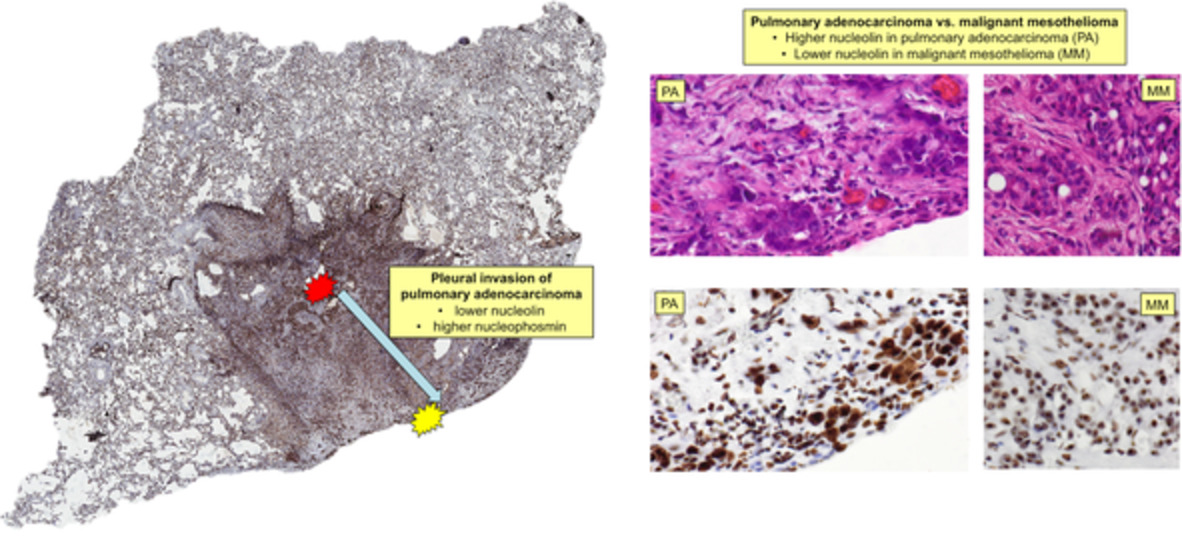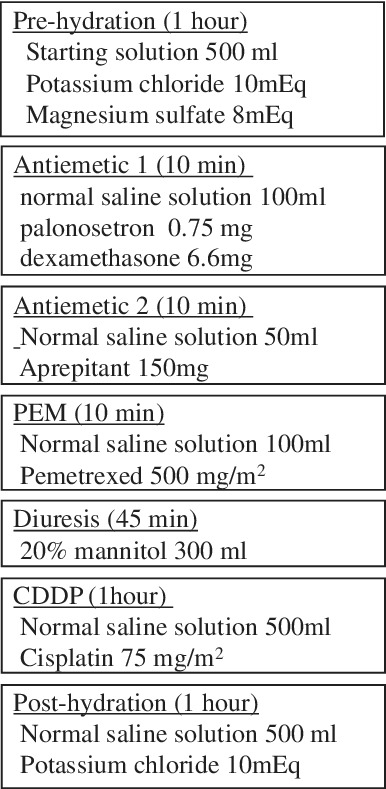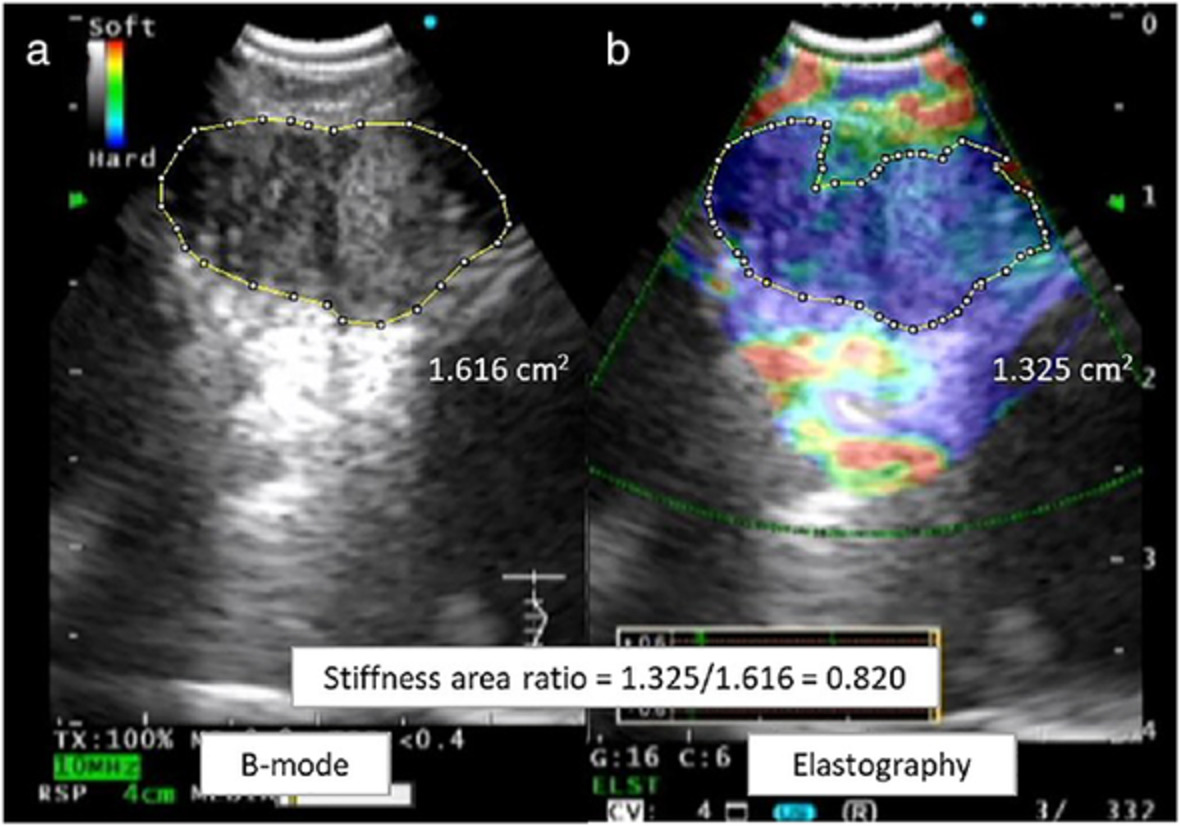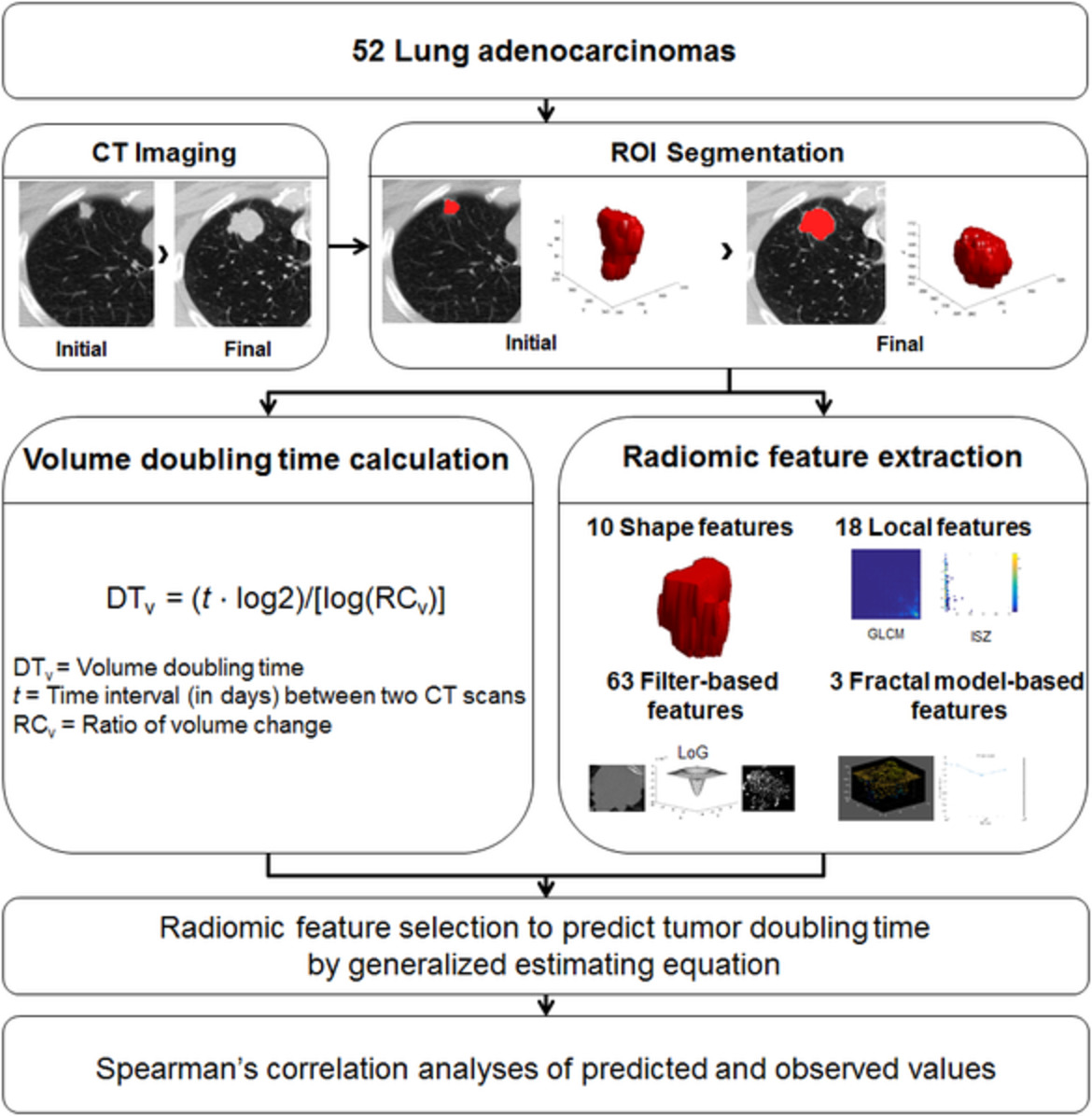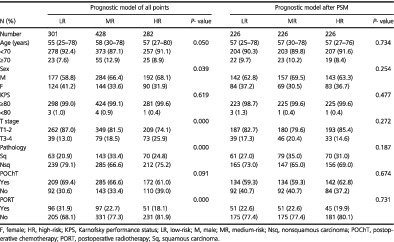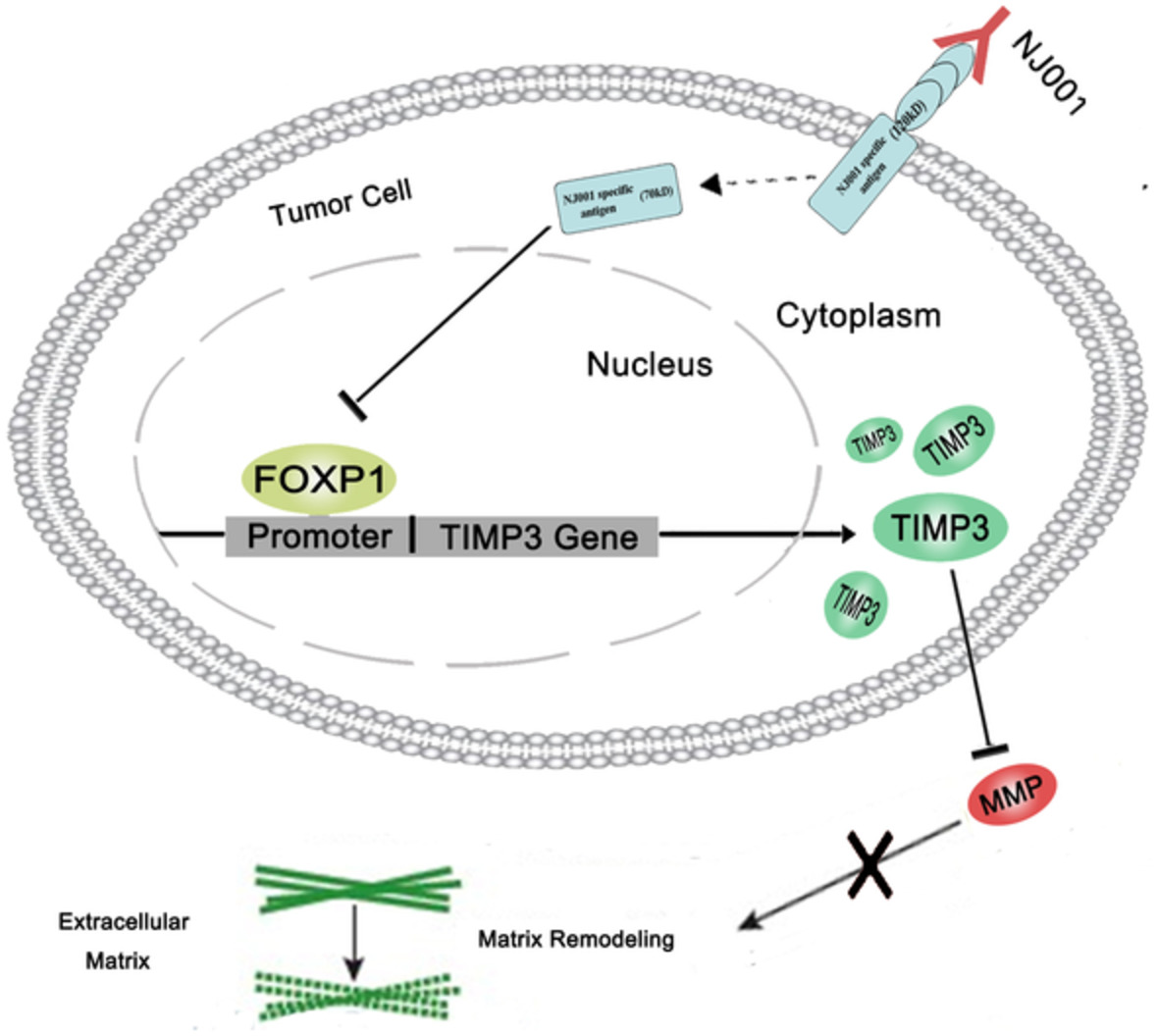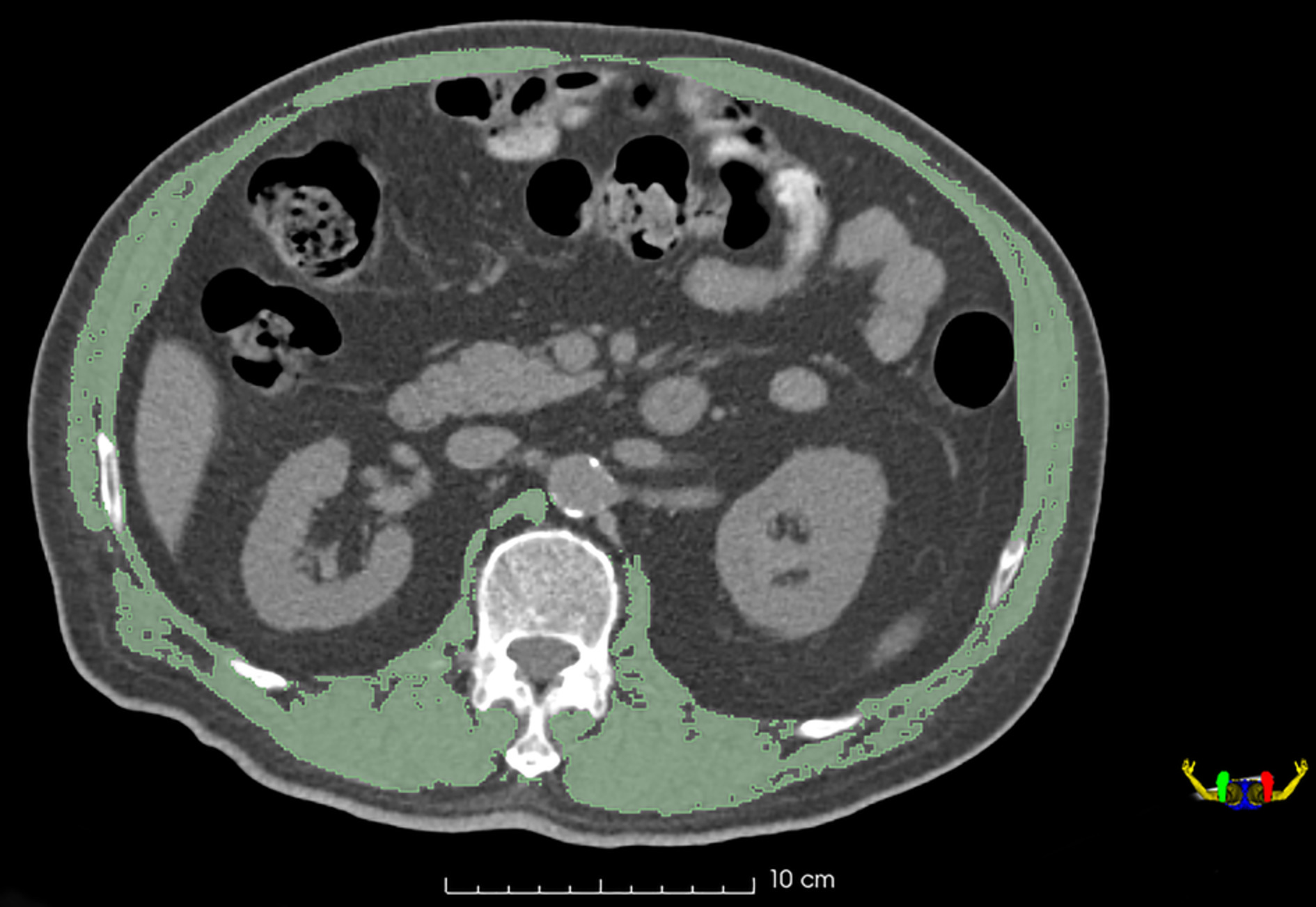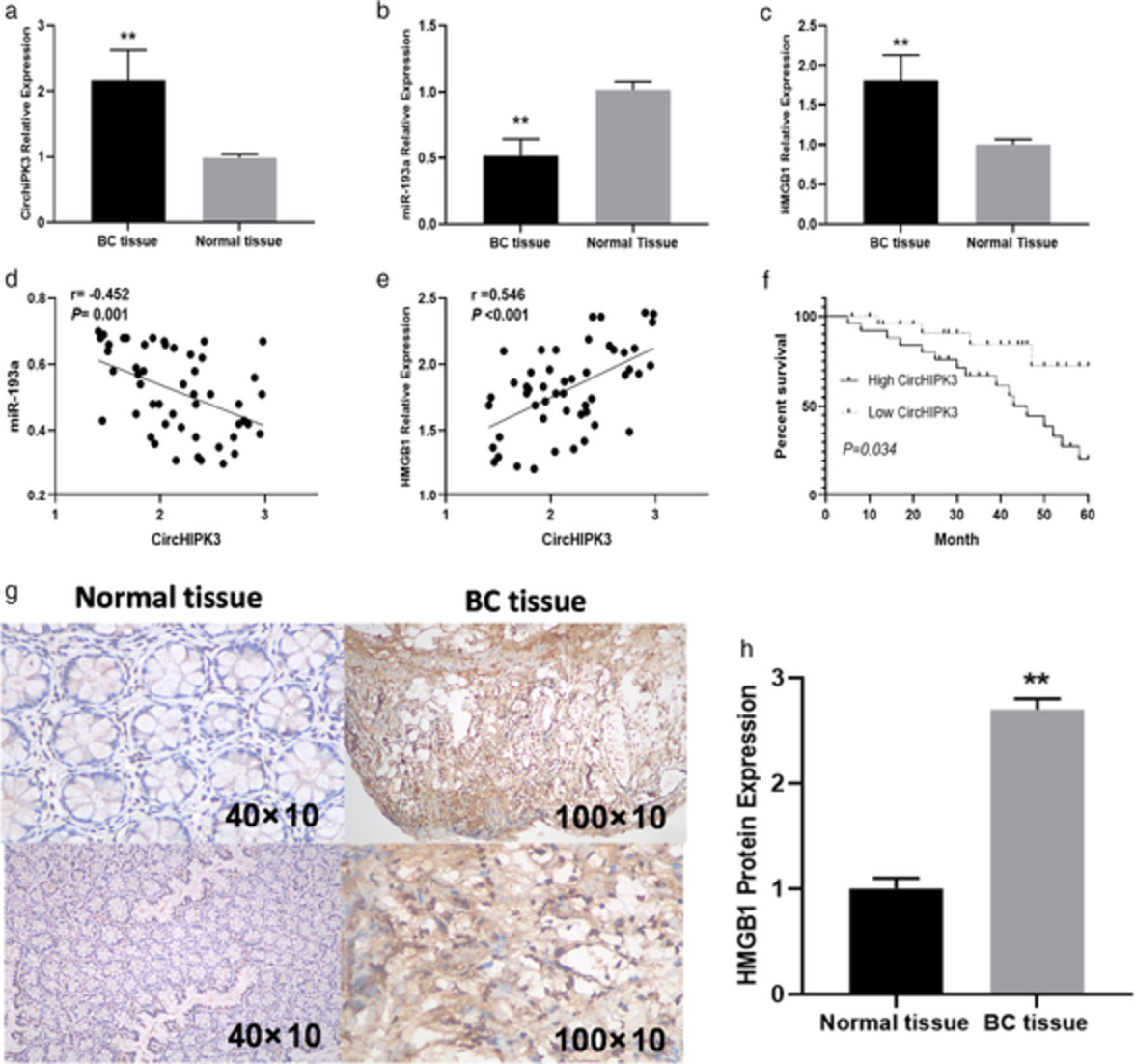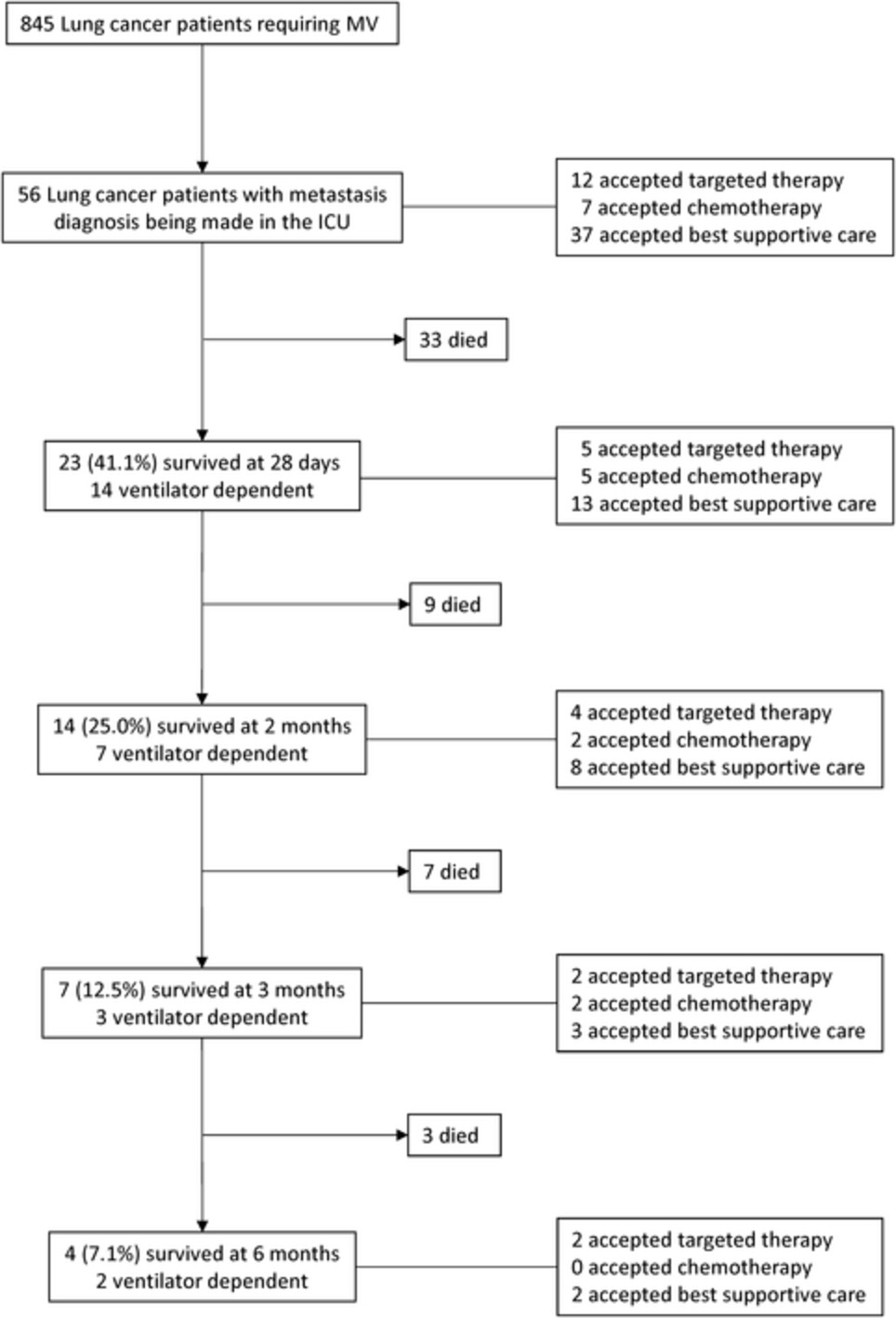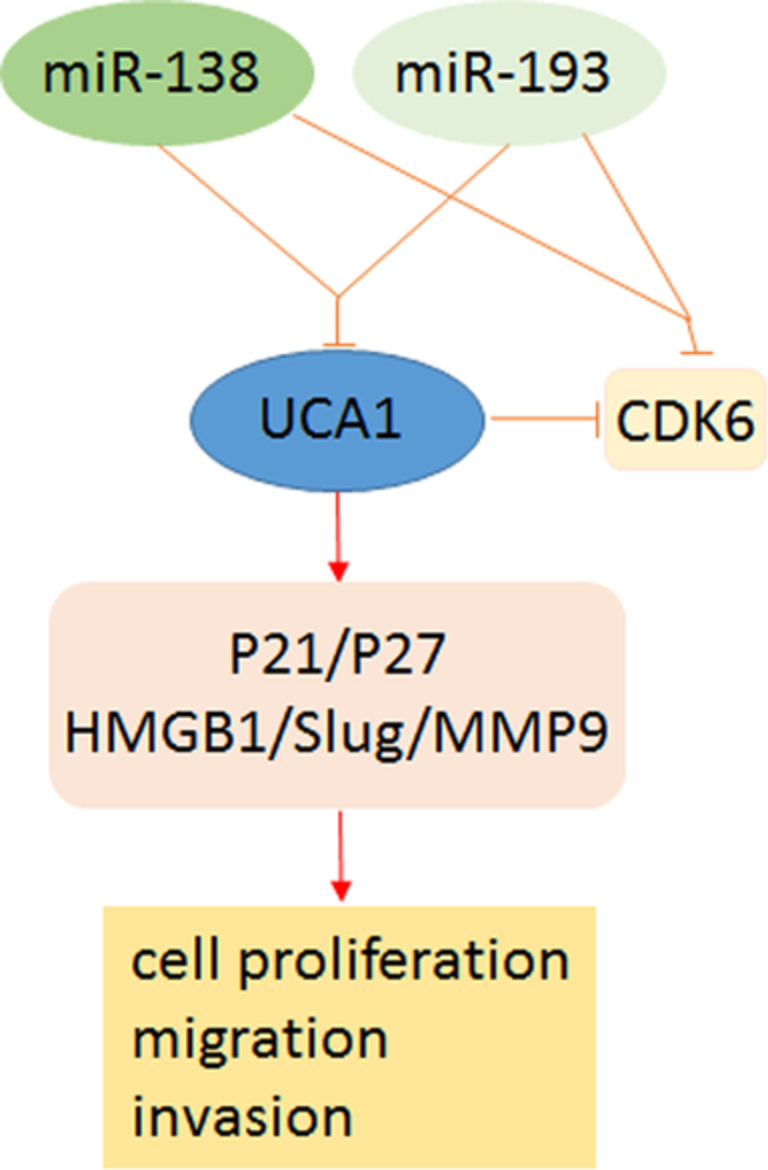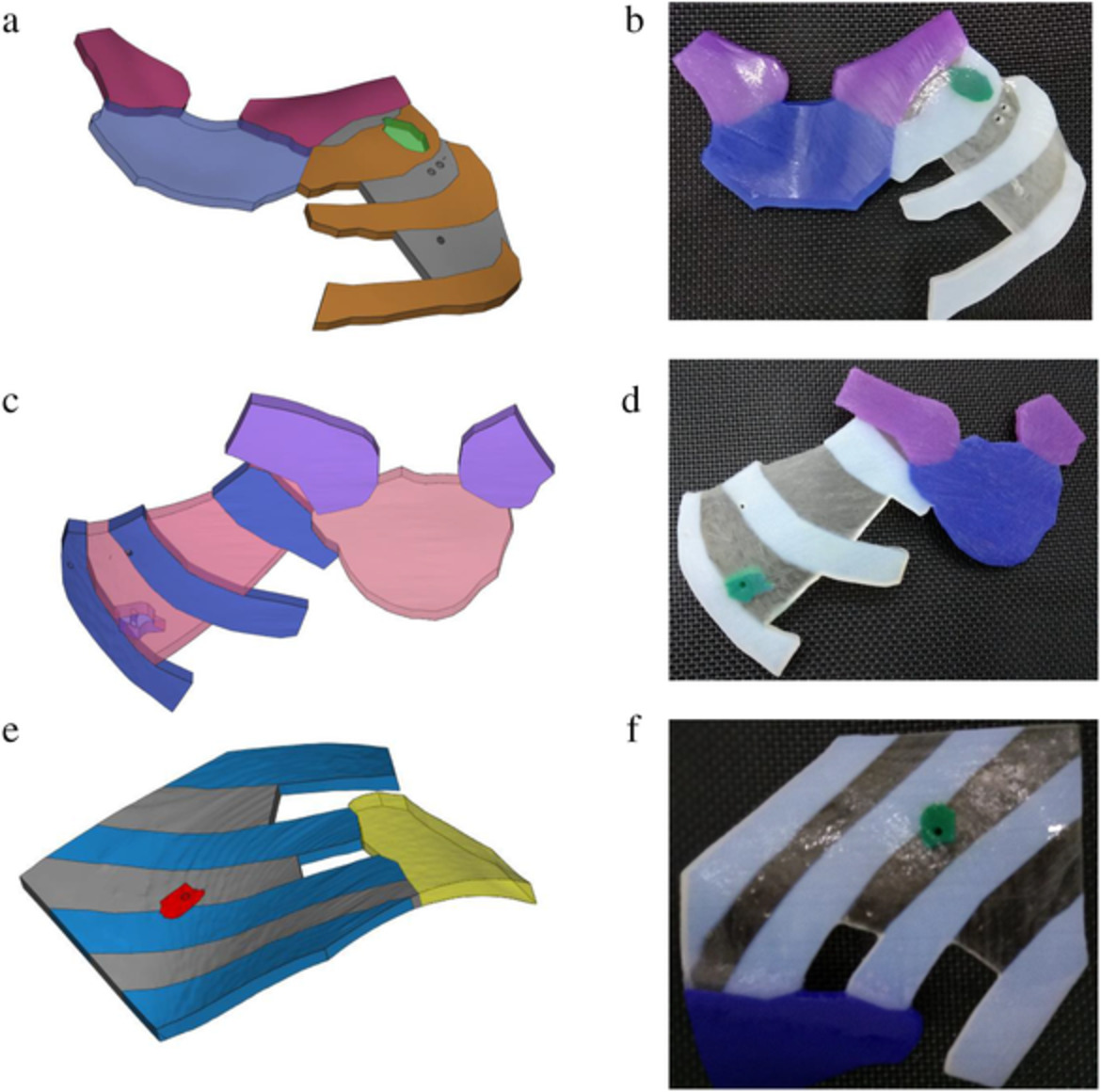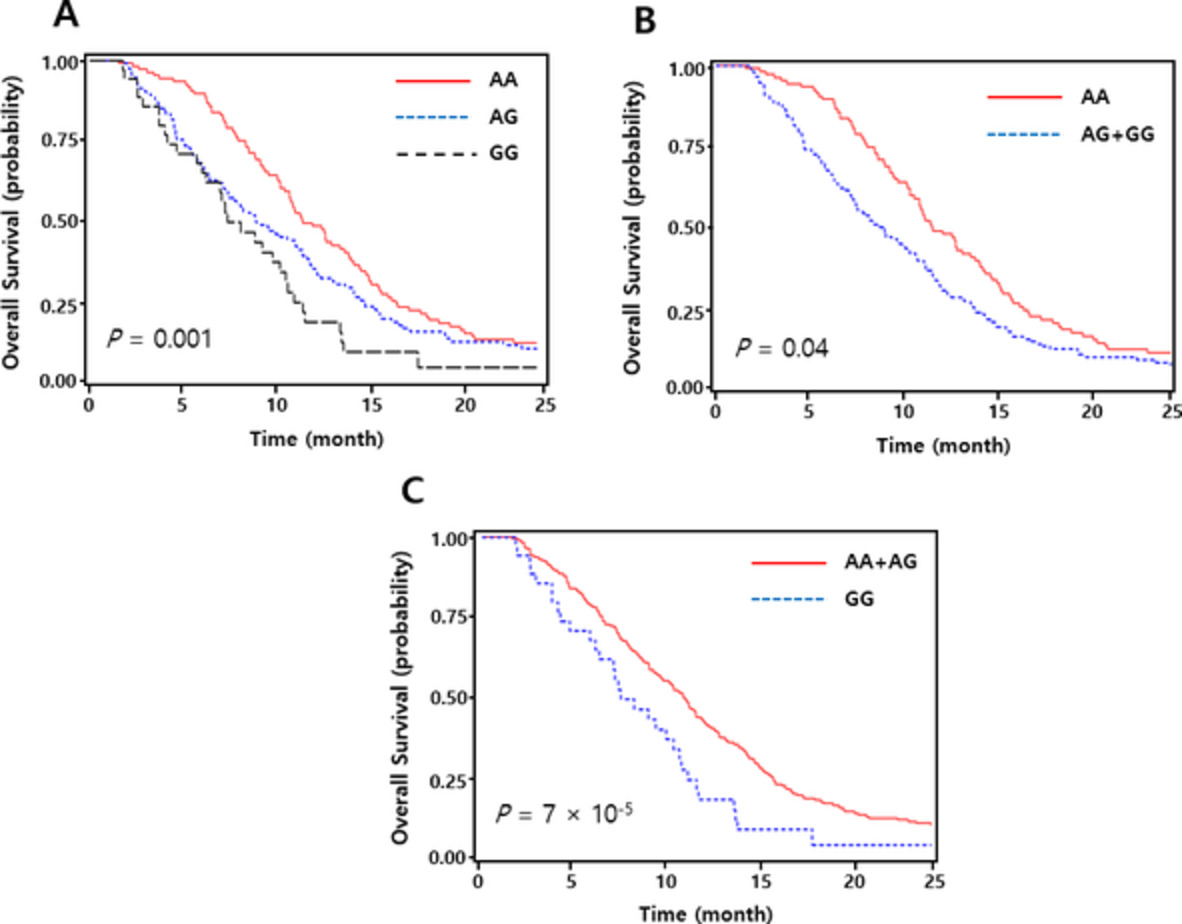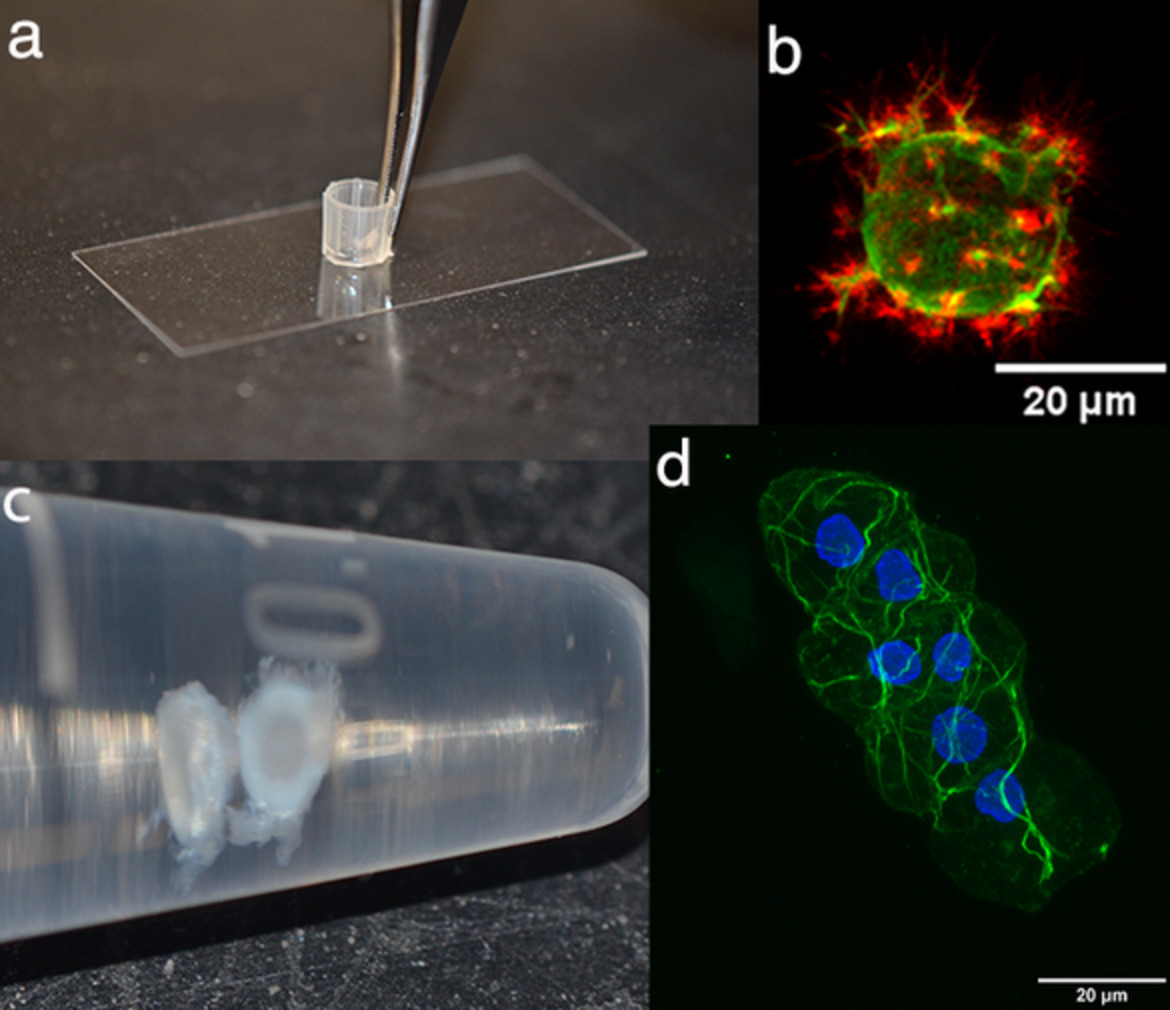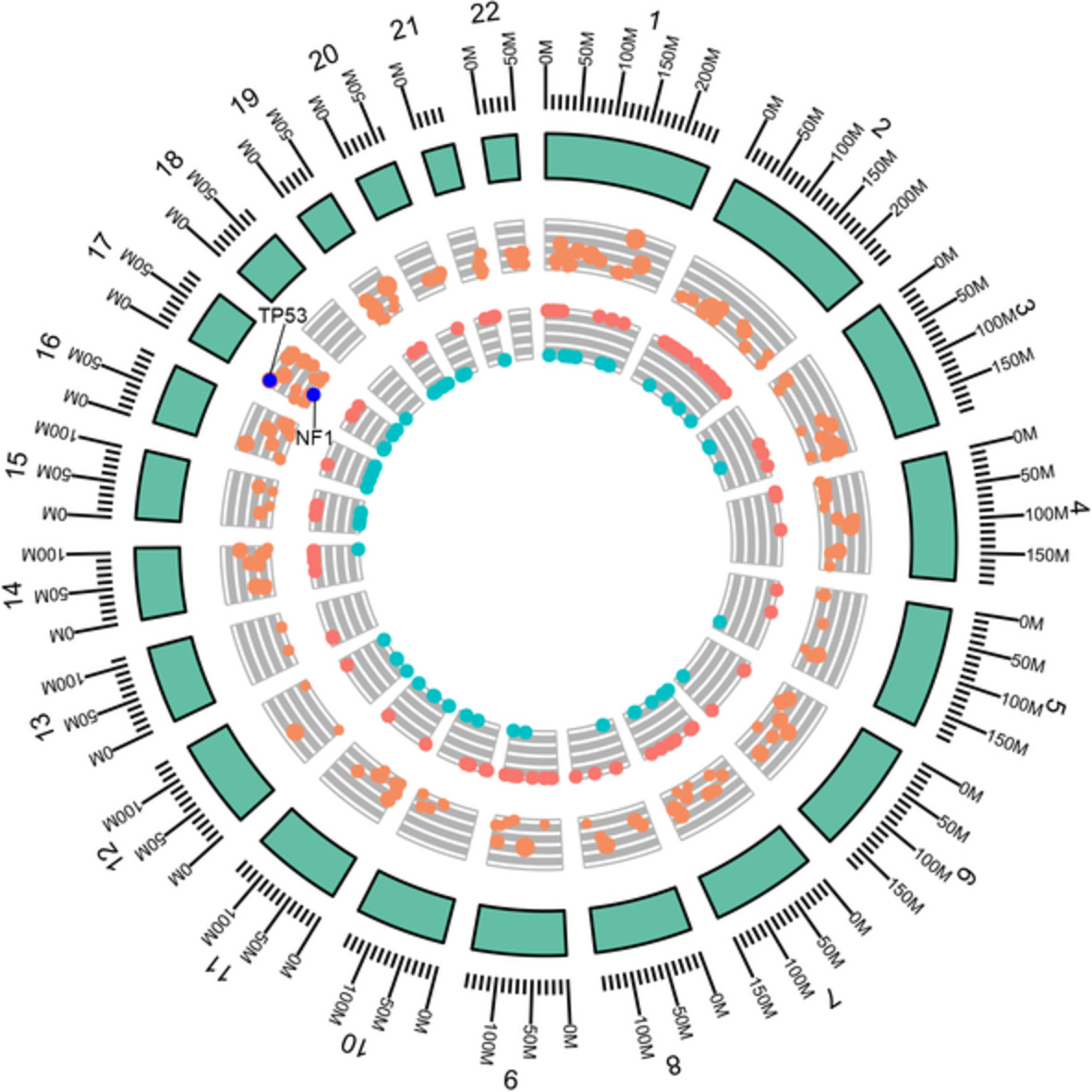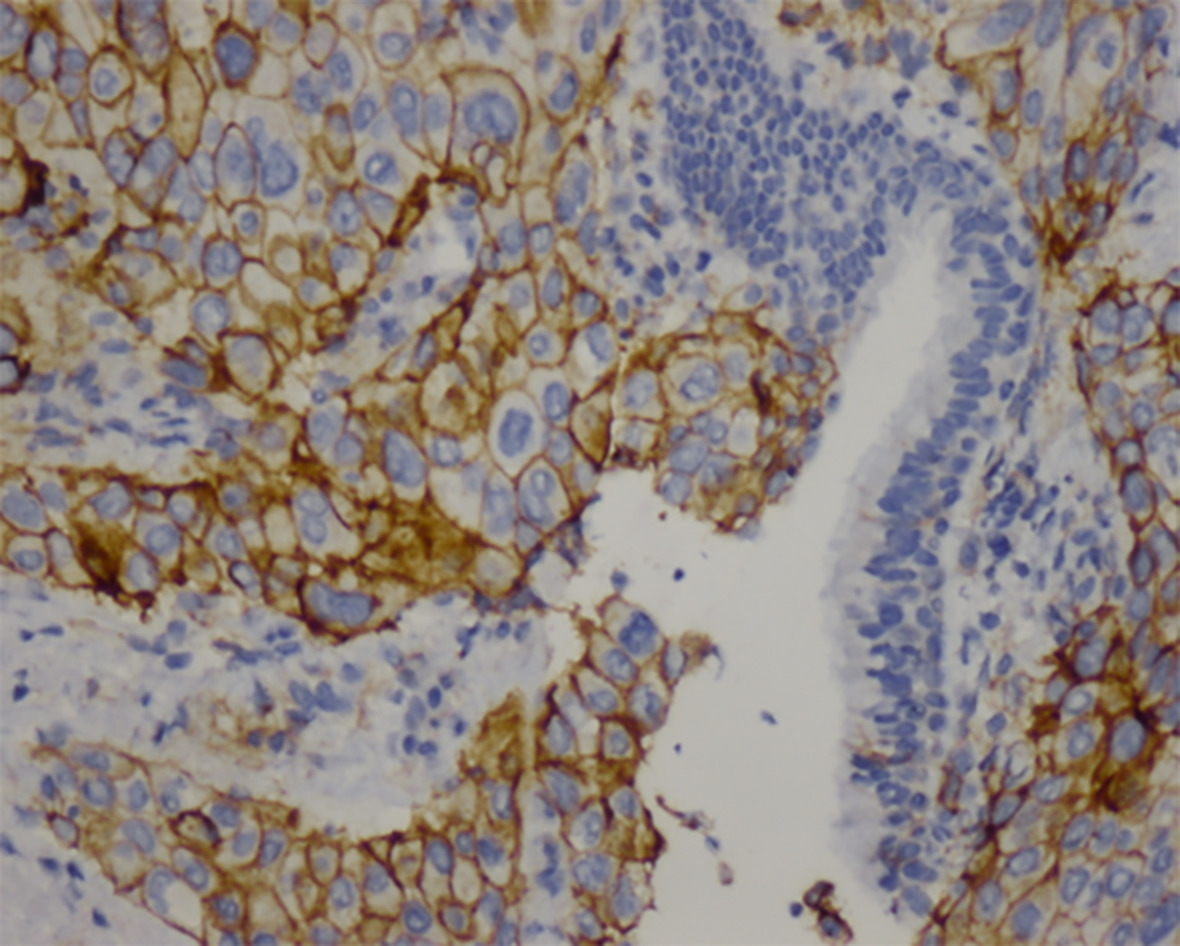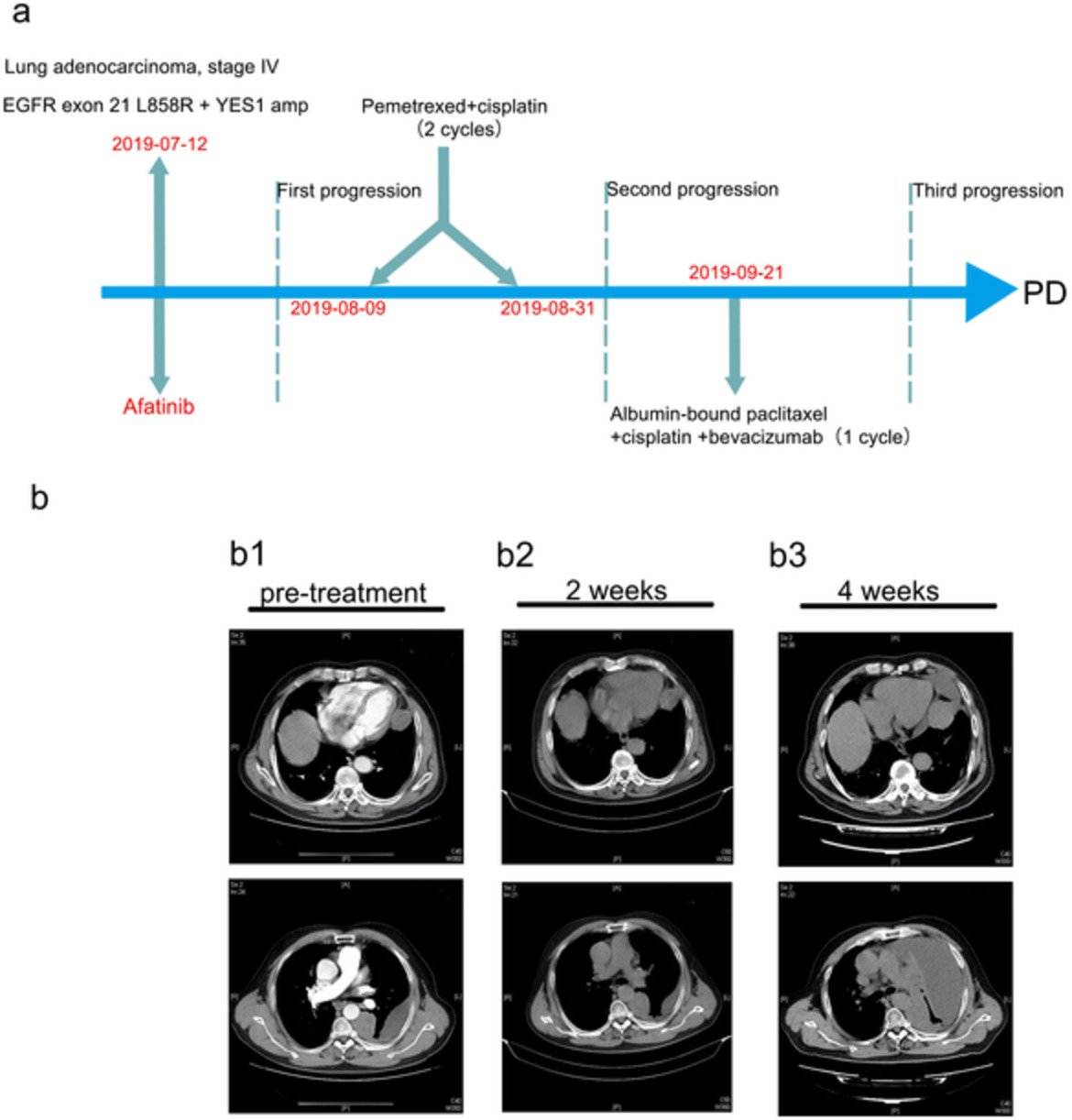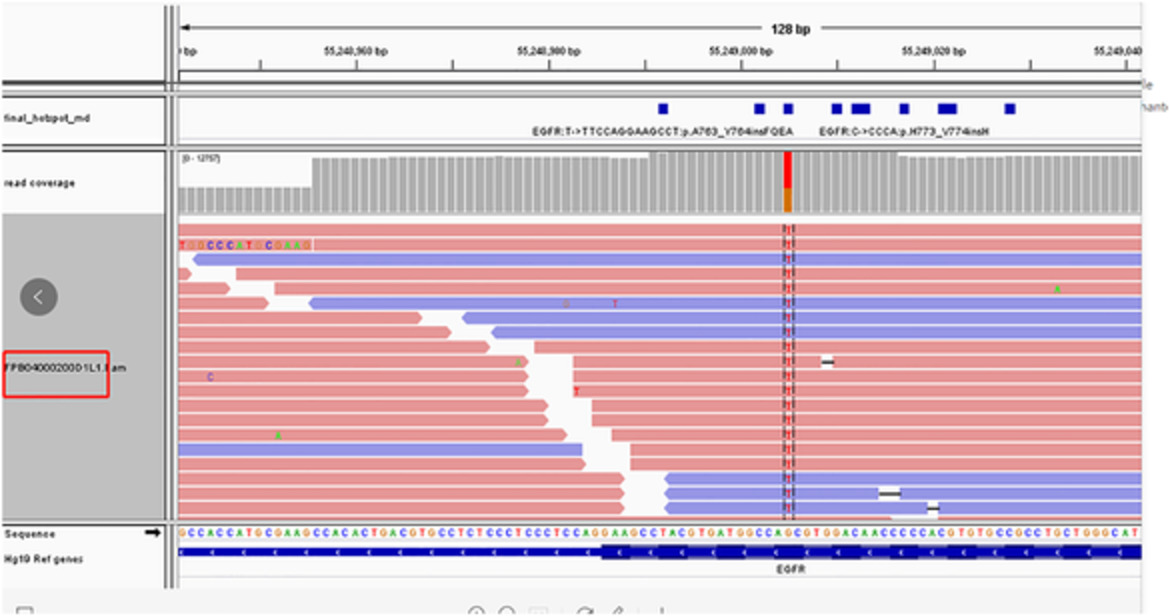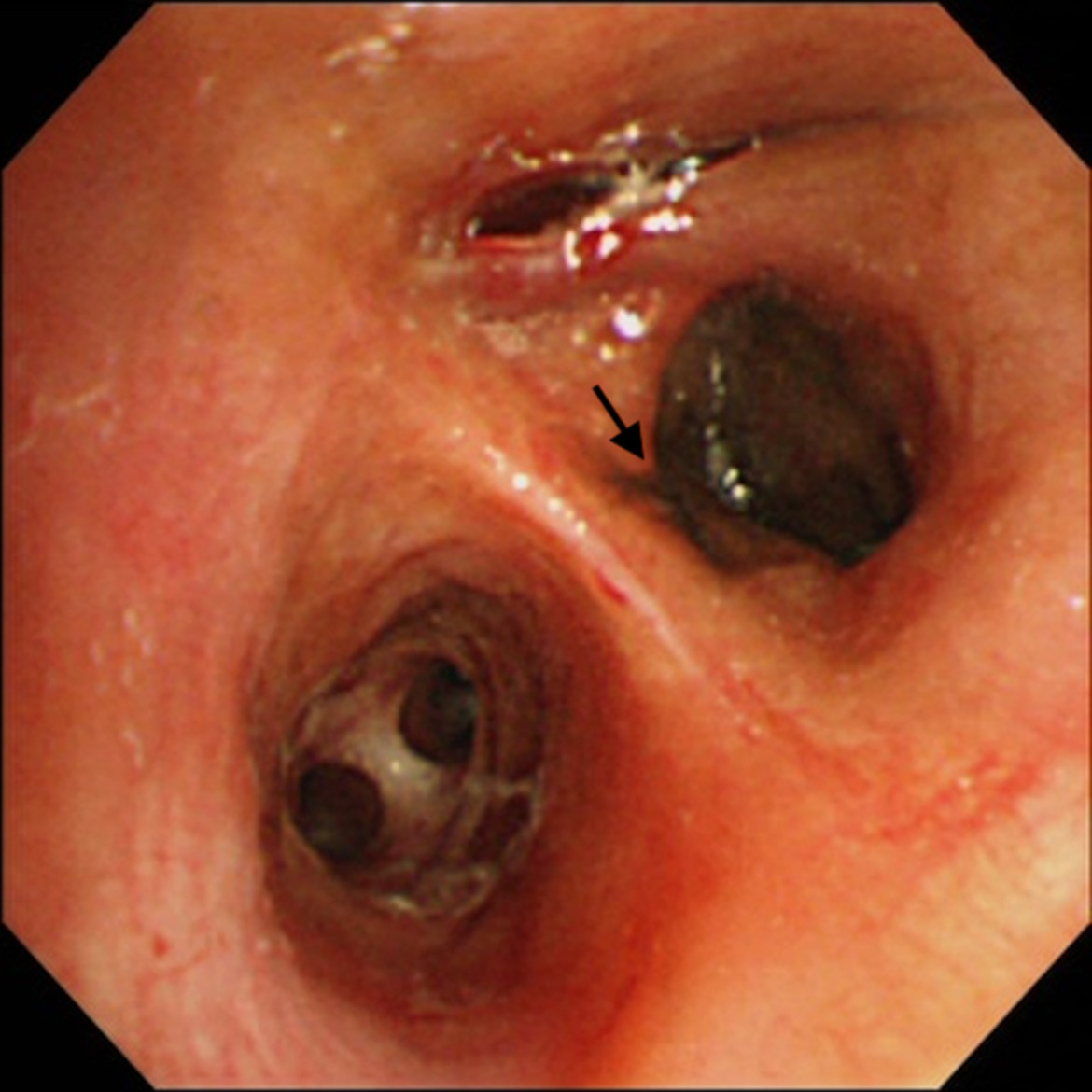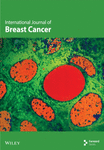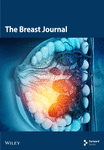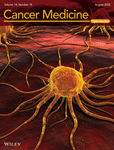Journal list menu
Export Citations
Download PDFs
ISSUE INFORMATION
EDITORIAL
Novel mechanism of immune evasion mediated by tumor-associated macrophages in esophageal squamous cell carcinoma
- Pages: 2383-2384
- First Published: 19 July 2020
COMMENTARY
Computed tomography-guided percutaneous microwave ablation: A novel perspective to treat multiple pulmonary ground-glass opacities
- Pages: 2385-2388
- First Published: 03 August 2020
ORIGINAL ARTICLES
CDK4/6 inhibitor palbociclib overcomes acquired resistance to third-generation EGFR inhibitor osimertinib in non-small cell lung cancer (NSCLC)
- Pages: 2389-2397
- First Published: 16 July 2020
Propofol suppresses hypoxia-induced esophageal cancer cell migration, invasion, and EMT through regulating lncRNA TMPO-AS1/miR-498 axis
- Pages: 2398-2405
- First Published: 08 July 2020
Meta-analysis of immune-related adverse events of immune checkpoint inhibitor therapy in cancer patients
- Pages: 2406-2430
- First Published: 08 July 2020
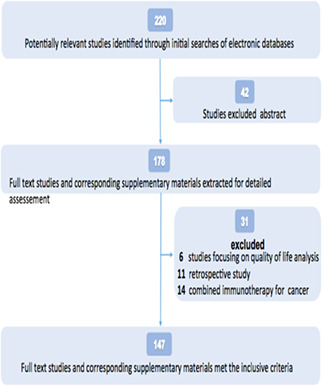
This becomes very challenging when oncologists must make decisions among many therapies with similar efficacy and / or specific toxicity characteristics. The advantage of meta-analysis in this study is that it can reduce publication bias and identify obvious results with higher efficiency. Due to the combination of smaller and larger studies, the effective sample size will be greatly increased. The results of this meta-analysis can help oncologists choose the type of immune checkpoint inhibitor when deciding on an ICI plan and when planning to use ICI for future research.
Evaluation of the 3-minute chair rise test as part of preoperative evaluation for patients with non-small cell lung cancer
- Pages: 2431-2439
- First Published: 08 July 2020
Trends in incidence and mortality of esophageal cancer in Inner Mongolia, 2010–2015
- Pages: 2440-2448
- First Published: 27 July 2020
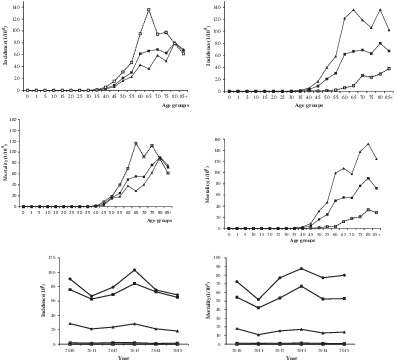
In Inner Mongolia, incidence and mortality rates of esophageal cancer were higher in urban areas than in rural areas and in men than in women between 2010 and 2015, and in middle-aged and elderly than in younger people. Prevention and control programs, in addition to early diagnosis and treatment of esophageal cancer, should be tailored to specifically target rural men and middle-aged and old individuals in order to reduce the incidence and mortality rates of this pathology.
Clinical characteristics and management of primary mediastinal cysts: A single-center experience
- Pages: 2449-2456
- First Published: 17 July 2020
Development and validation of a nomogram prognostic model for patients with neuroendocrine tumors of the thymus
- Pages: 2457-2464
- First Published: 12 July 2020
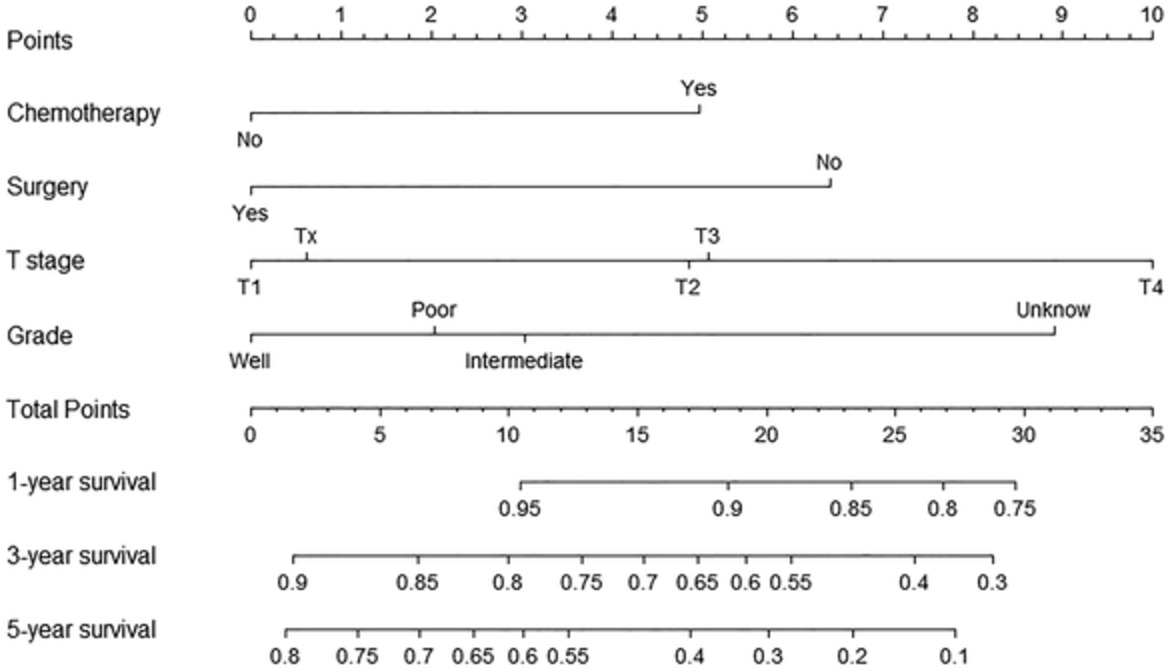
The neuroendocrine tumors of the thymus is a rare invasive tumor with a poor prognosis, and visualization models are needed to provide patients with appropriate individualized treatment strategies.In this study, we established and validated a new Nomogram model to predict the survival of patients with neuroendocrine tumors of the thymus.
Poor efficacy of anti-programmed cell death-1/ligand 1 monotherapy for non-small cell lung cancer patients with active brain metastases
- Pages: 2465-2472
- First Published: 12 July 2020
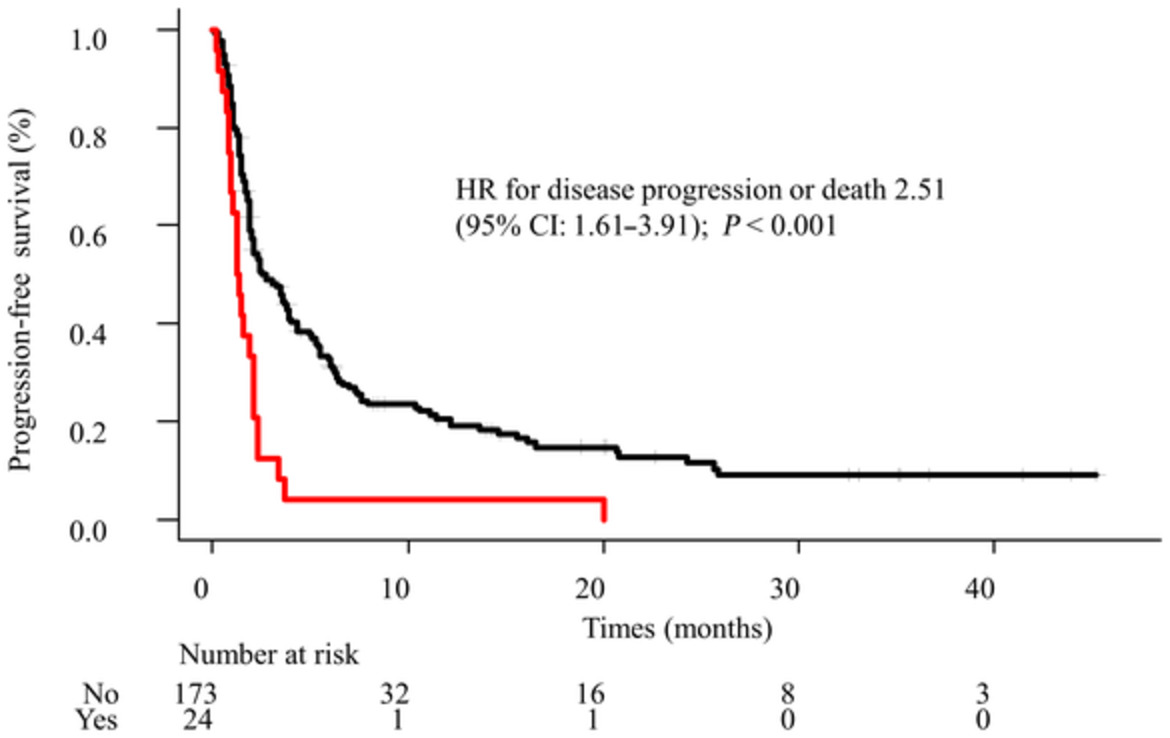
The present study showed that anti-PD-1/PD-L1antibody monotherapy was not effective for non-small cell lung cancer patients with active brain metastases. Intracranial and extracranial response rates were 13.3% and 26.7% respectively. Further studies on immunotherapy are needed for patients with active BMs.
CEACAM6 promotes cisplatin resistance in lung adenocarcinoma and is regulated by microRNA-146a and microRNA-26a
- Pages: 2473-2482
- First Published: 10 July 2020
Dynamics of D-dimer in non-small cell lung cancer patients receiving radical surgery and its association with postoperative venous thromboembolism
- Pages: 2483-2492
- First Published: 13 July 2020
Aberrant HDAC3 expression correlates with brain metastasis in breast cancer patients
- Pages: 2493-2505
- First Published: 20 July 2020
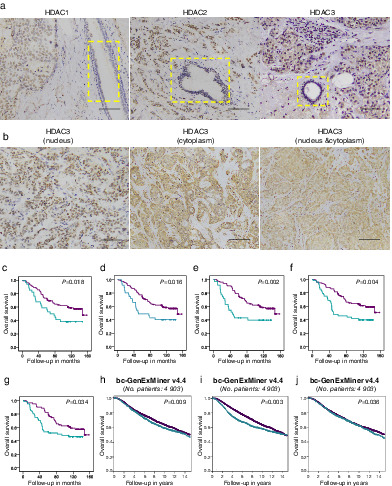
Cytoplasmic HDAC3 is an independent prognostic factor for the overall survival and brain metastasis-free survival of breast cancer patients.Cytoplasmic expression of HDAC3 was further upregulated in the brain metastases compared with the matched primary tumours, while nuclear expression was downregulated.
Novel long non-coding RNA LINC02323 promotes epithelial-mesenchymal transition and metastasis via sponging miR-1343-3p in lung adenocarcinoma
- Pages: 2506-2516
- First Published: 09 July 2020
Impact of previous percutaneous coronary intervention on cardiovascular outcomes and mortality after lung cancer surgery: A nationwide study in Korea
- Pages: 2517-2528
- First Published: 12 July 2020
Nucleolin and nucleophosmin expression patterns in pulmonary adenocarcinoma invading the pleura and in pleural malignant mesothelioma
- Pages: 2529-2535
- First Published: 16 July 2020
Phase II study of adjuvant chemotherapy with pemetrexed and cisplatin with a short hydration method for completely resected nonsquamous non-small cell lung cancer
- Pages: 2536-2541
- First Published: 30 July 2020
Parallel comparison and combining effect of radiomic and emerging genomic data for prognostic stratification of non-small cell lung carcinoma patients
- Pages: 2542-2551
- First Published: 22 July 2020
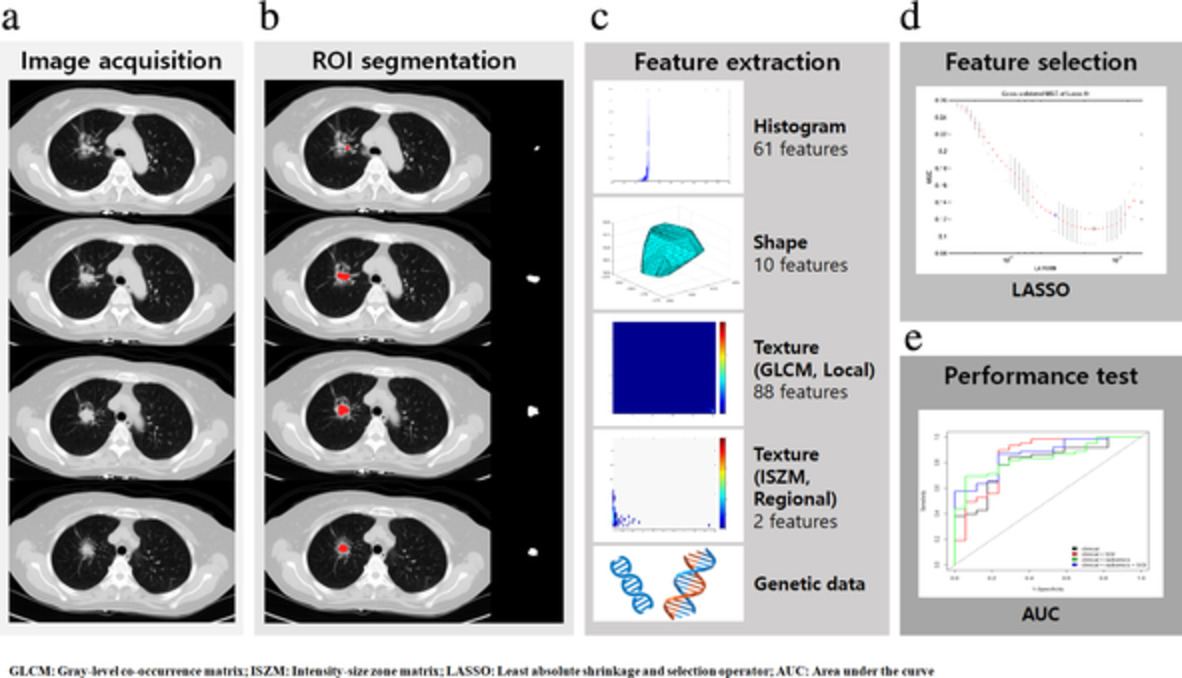
We tried to compare the results of disease-free survival (DFS) in patients with non-small-cell lung carcinoma (NSCLC) through radiomics with those of traditional staging systems or genetic analysis to determine if incremental values can be obtained when combining them. The addition of selected radiomics and genomic features using the LASSO method improved the stratification of lung cancer patients upon survival. Our results show that integration of radiomics and genomic features with the current clinicopathologic model may lead to improved prognostic accuracy compared to conventional clinicopathological data alone.
Antibiotics impair immune checkpoint inhibitor effectiveness in Hispanic patients with non-small cell lung cancer (AB-CLICaP)
- Pages: 2552-2560
- First Published: 24 July 2020

Antibiotic treatment has been shown to deter outcomes in patients treated with immune checkpoint inhibitors. The effect of antibiotics is studied for the first time in Latin American patients undergoing ICI therapy. Patients treated with antibiotics prior or during ICI therapy had a significantly shorter overall survival.
DLL3 expression is a predictive marker of sensitivity to adjuvant chemotherapy for pulmonary LCNEC
- Pages: 2561-2569
- First Published: 21 July 2020
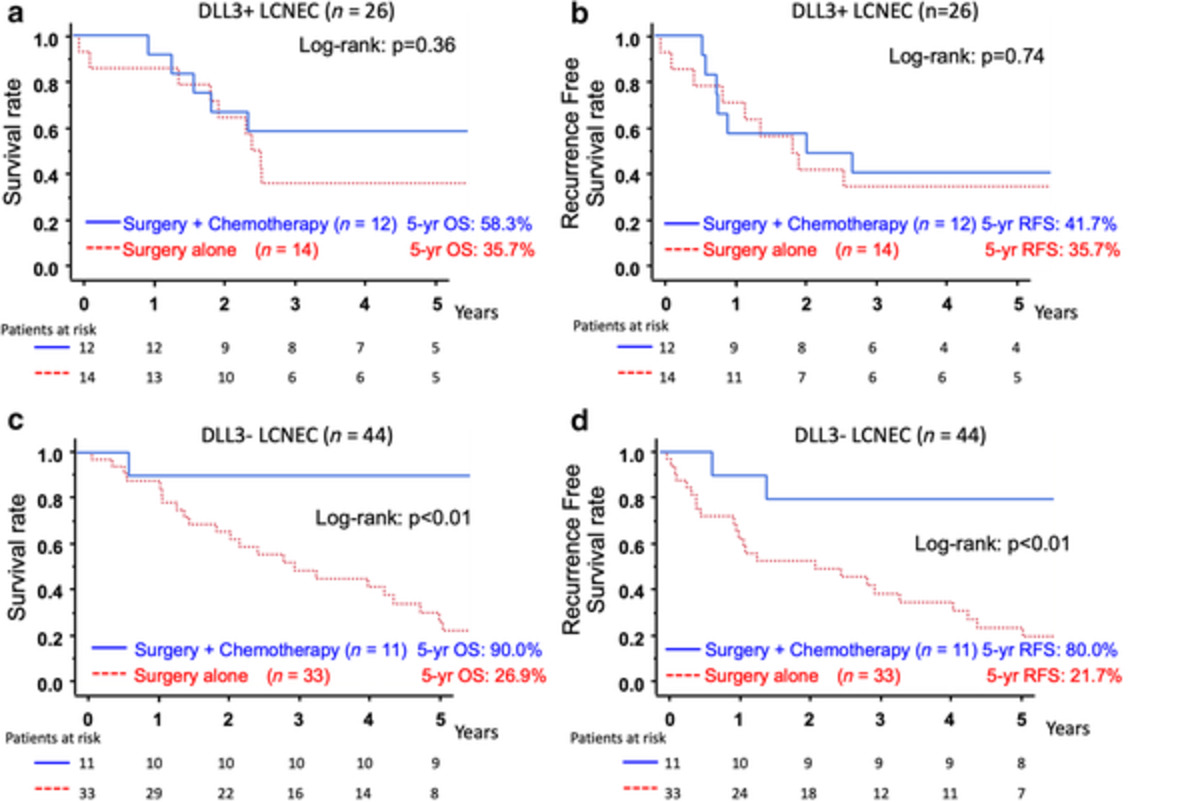
DLL3 was a predictive marker of sensitivity to platinum-based adjuvant chemotherapy for LCNEC. Among patients with DLL3 expression-negative LCNEC, platinum-based adjuvant chemotherapy significantly improved the OS and RFS, although it did not do so among patients with DLL3 expression-positive LCNEC.
LncRNA LINC00511 plays an oncogenic role in lung adenocarcinoma by regulating PKM2 expression via sponging miR-625-5p
- Pages: 2570-2579
- First Published: 27 July 2020

Taken all into account, upregulation of LINC00511 in LAC tissues and cell lines was validated. Upregulation of LINC00511 was closely correlated with shorter overall survival in LAC patients. We explored the biological function of LINC00511 in promoting LAC cell proliferation, migration and invasion. Moreover, LINC00511 knockdown could partially by sponging miR-625-5p, and then up-regulate PKM2 to exert its tumor-suppressive effect. Our studies confirmed the roles of a novel LINC00511/miR-625-5p/PKM2 axis in LAC progression, which might provide a promising application in LAC treatment.
Status of 10 targeted genes of non-small cell lung cancer in eastern China: A study of 884 patients based on NGS in a single institution
- Pages: 2580-2589
- First Published: 30 July 2020
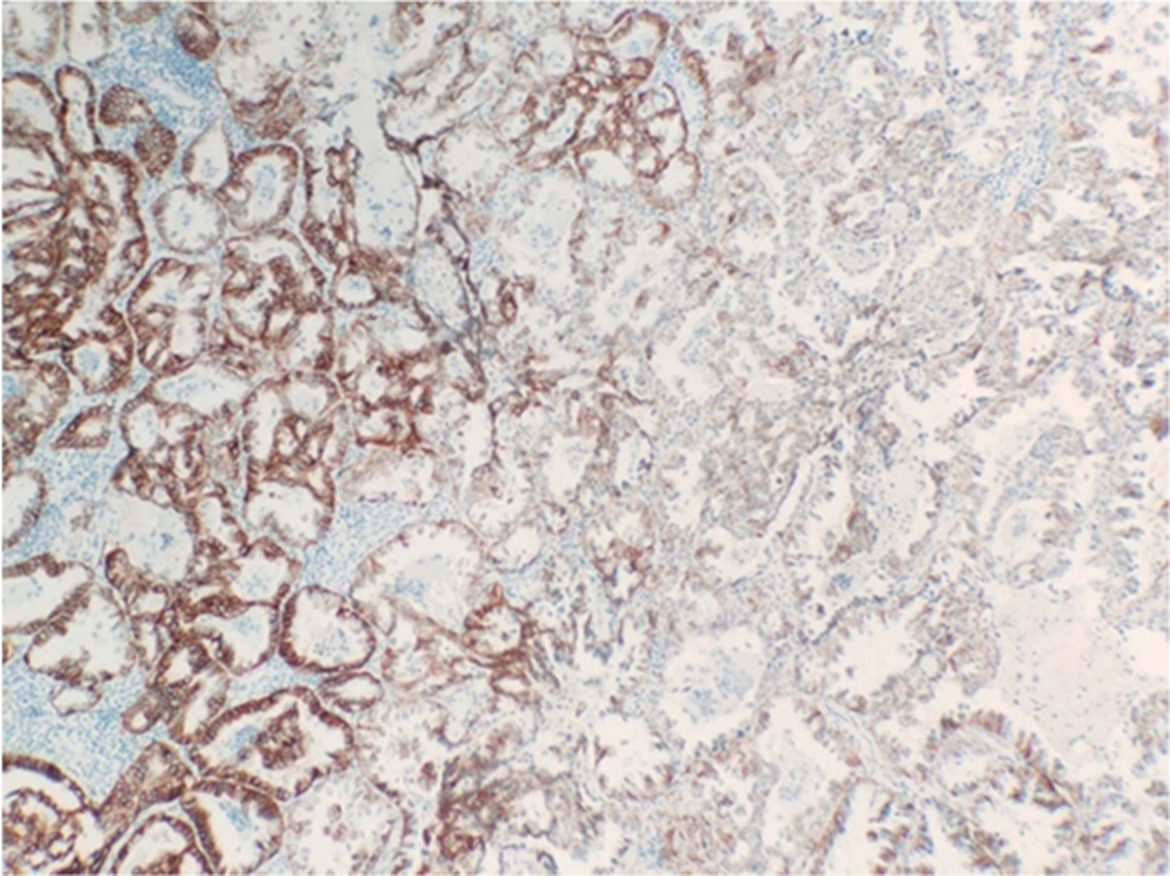
In this research, we investigated the frequency of common driving genes in 884 patients with non-small cell lung cancer and analyzed their association with clinicopathologic parameters in in eastern China. Most patients had at least one genetic alteration, and individual patients harbored synchronous mutation. Each gene alteration has unique clinicopathologic characteristics.
Quantitative analysis of endobronchial ultrasound elastography in computed tomography-negative mediastinal and hilar lymph nodes
- Pages: 2590-2599
- First Published: 21 July 2020
Prediction of tumor doubling time of lung adenocarcinoma using radiomic margin characteristics
- Pages: 2600-2609
- First Published: 23 July 2020
Combined neat model for the prognosis of postoperative stage III-N2 non-small cell lung cancer
- Pages: 2610-2617
- First Published: 29 July 2020
Neoadjuvant chemoradiotherapy plus surgery versus surgery alone for clinical node-negative esophageal carcinoma
- Pages: 2618-2629
- First Published: 04 August 2020
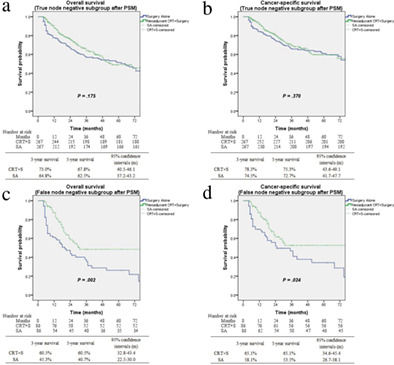
This study focuses on the use of neoadjuvant chemoradiotherapy to esophageal carcinoma patients with clinically staged node-negative (cN0) status. Finally, compared with surgery alone, cN0 esophageal cancer with falsely node-negative (pN+) or localized truly node-negative (pT3-4N0) gain a significant survival benefit from neoadjuvant chemoradiation. However, neoadjuvant chemoradiation plus surgery was associated with decreased survival for early-staged true node-negative (pT1-2N0) patients. Despite the inherent limitations, this population-based study allows for a robust analysis of patients with cN0 esophageal carcinoma and the benefits of neoadjuvant chemoradiation when stratified by nodal and tumor status, and this finding may have significant implications on the use of neoadjuvant chemoradiation in patients with cN0 disease.
MAb NJ001 inhibits lung adenocarcinoma invasiveness by directly regulating TIMP-3 promoter activity via FOXP1 binding sites
- Pages: 2630-2638
- First Published: 03 August 2020
Effectiveness of image-guided radiotherapy for locally advanced lung cancer patients treated with definitive concurrent chemoradiotherapy
- Pages: 2639-2649
- First Published: 29 July 2020
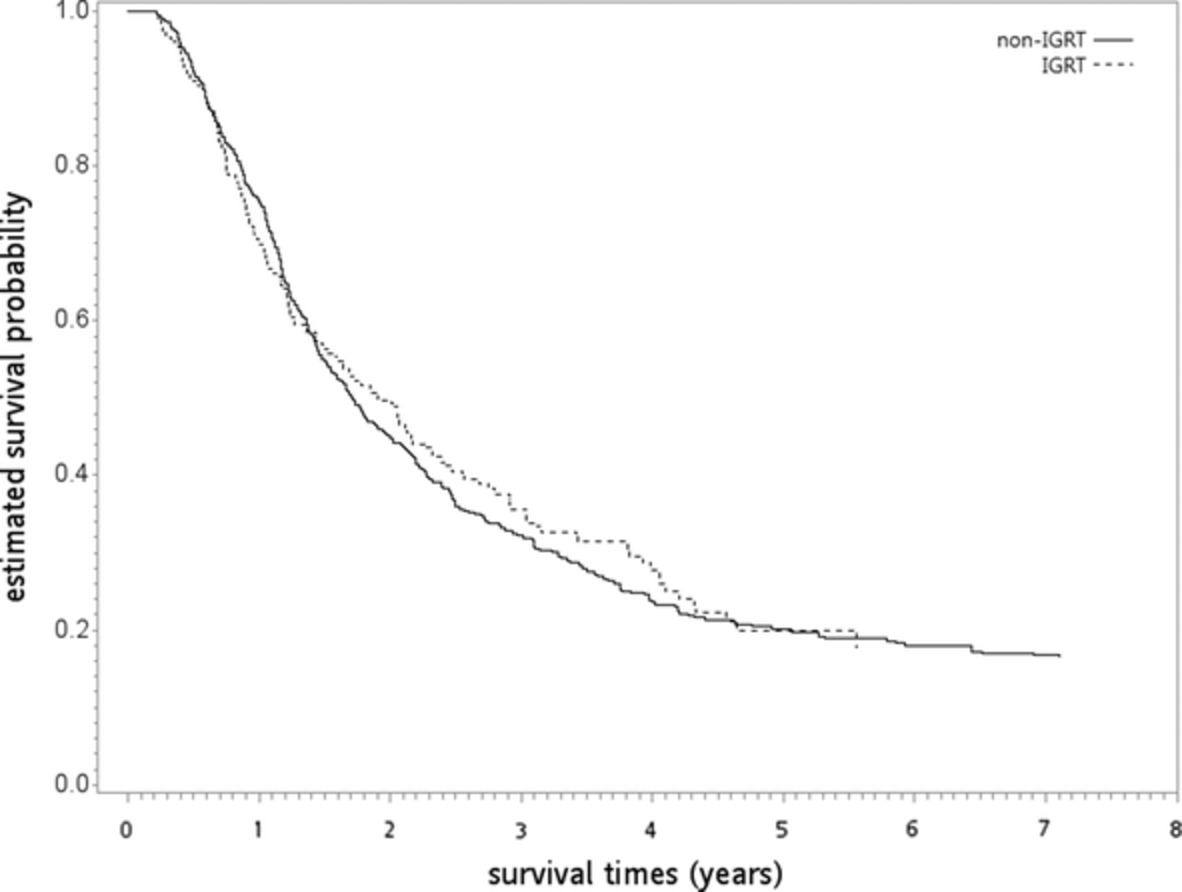
In this updated nonrandomized study, we found that overall survival of locally advanced lung cancer patients treated with definitive concurrent chemoradiotherapy was not statistically different between those treated with IGRT versus non-IGRT. The results should be interpreted with caution given the nonrandomized design. Randomized controlled trials are needed to clarify this finding.
Identifying sarcopenia in advanced non-small cell lung cancer patients using skeletal muscle CT radiomics and machine learning
- Pages: 2650-2659
- First Published: 06 August 2020
Circular RNA CirCHIPK3 promotes cell proliferation and invasion of breast cancer by sponging miR-193a/HMGB1/PI3K/AKT axis
- Pages: 2660-2671
- First Published: 06 August 2020
Etiologies of delayed diagnosis and six-month outcome of patients with newly diagnosed advanced lung cancer with respiratory failure at initial presentation
- Pages: 2672-2680
- First Published: 06 August 2020
miR-138 and miR-193 target long non-coding RNA UCA1 to inhibit cell proliferation, migration, and invasion of lung cancer
- Pages: 2681-2689
- First Published: 06 August 2020
BRIEF REPORTS
Three-dimensional printed navigational template for localizing small pulmonary nodules: A case-controlled study
- Pages: 2690-2697
- First Published: 19 July 2020
Effect of genetic variation in Notch regulator DTX1 on SCLC prognosis compared with the effect on NSCLC prongosis
- Pages: 2698-2703
- First Published: 22 July 2020
CASE REPORTS
Osimertinib for compound EGFR exon 19 deletion/T790M mutated lung squamous cell carcinoma
- Pages: 2704-2708
- First Published: 15 July 2020
Three-dimensional printed polyether-ether-ketone implant for extensive chest wall reconstruction: A case report
- Pages: 2709-2712
- First Published: 17 July 2020
Successful osimertinib retreatment after extremely early onset severe pneumonitis in first-line treatment of lung adenocarcinoma
- Pages: 2713-2716
- First Published: 15 July 2020
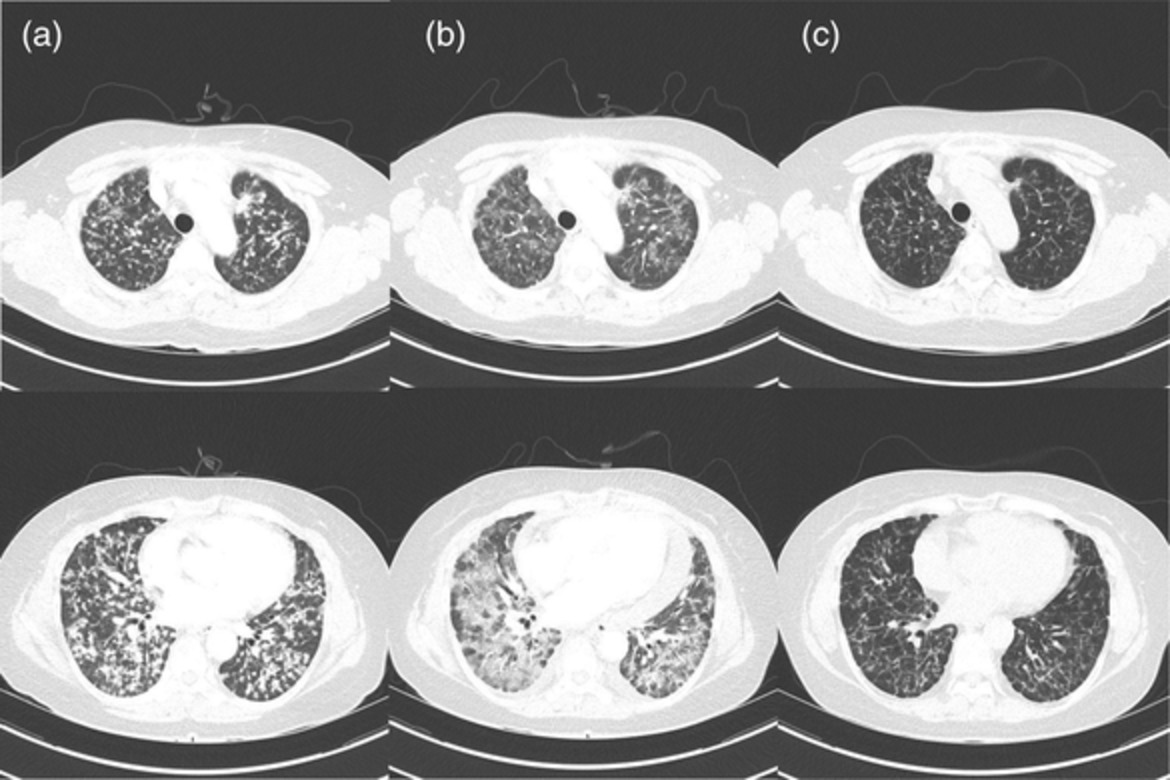
Osimertinib can be associated with pneumonitis. This case highlights extremely early onset with severe pneumonitis. In such case, discontinuation of osimertinib as well as administration of corticosteroid, and retreatment with osimertinib carefully may be a fine treatment option especially when patients have brain metastasis.
Unexpected favorable outcome to sintilimab plus bevacizumab in an EGFR-mutated non-small cell lung cancer patient: A case report
- Pages: 2717-2722
- First Published: 13 July 2020
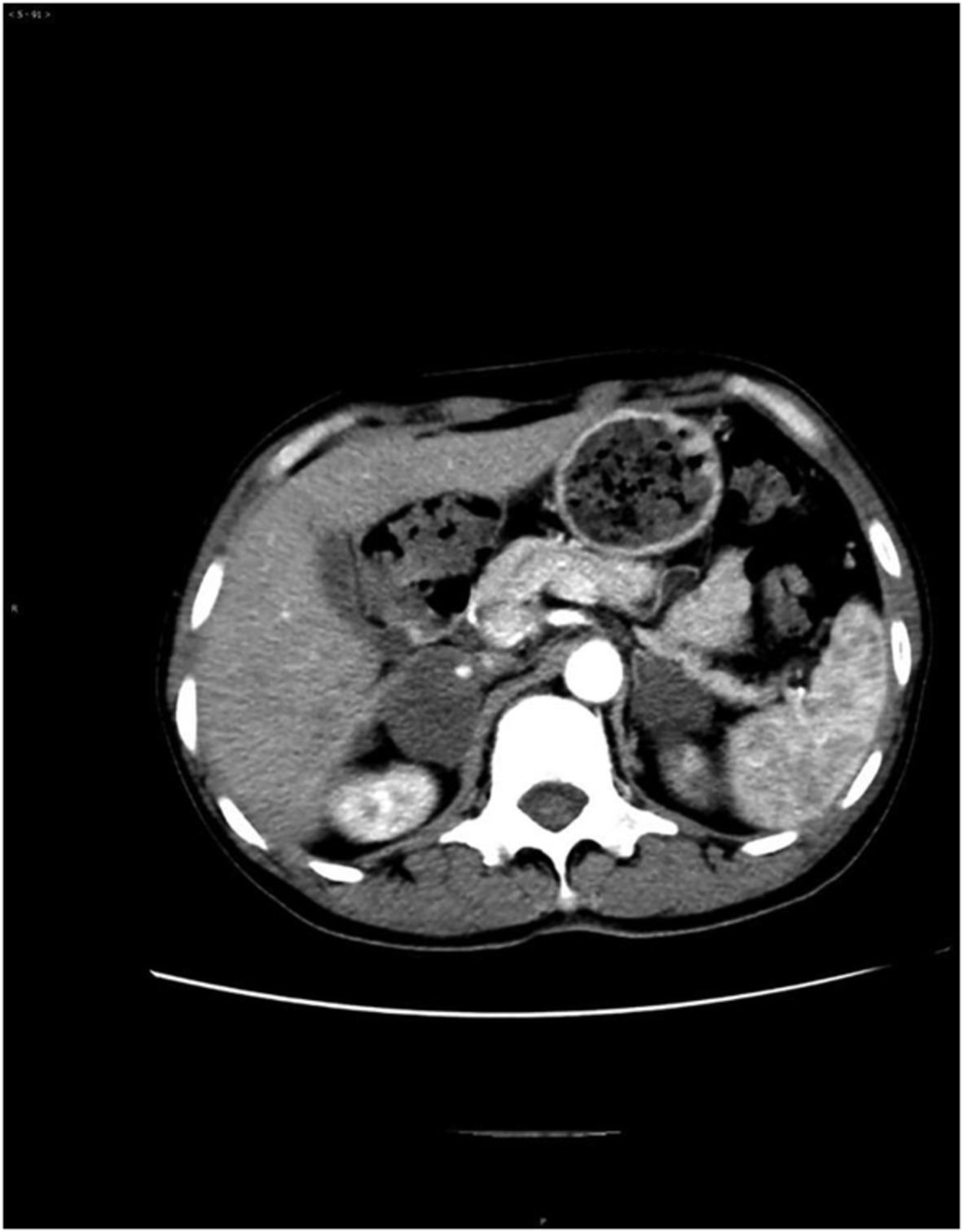
Our case reports an advanced EGFR-mutant lung adenocarcinoma patient achieved PR and a PFS of 6 months to a combination of immunotherapy and anti-angiogenic agent, sintilimab and bevacizumab, as subsequent-line therapy. Sintilimab and bevacizumab combination therapy was well-tolerated and effective, resulting in dramatic tumor reduction and improvement in clinical symptoms.
Lung cancer and intraocular metastasis in gestation: Clinical experiences of a rare case
- Pages: 2723-2726
- First Published: 21 July 2020
Cavitation and fatal hemoptysis after immunotherapy for advanced lung adenocarcinoma: A case report
- Pages: 2727-2730
- First Published: 21 July 2020
Pembrolizumab-induced pancytopenia in a patient with squamous cell lung cancer
- Pages: 2731-2735
- First Published: 07 August 2020

An 88-year-old woman with squamous cell lung cancer was administered pembrolizumab. After 5 cycles of pembrolizumab, she developed severe pancytopenia. Pancytopenia improved under observation without steroid administration after cessation of pembrolizumab. During recovery from this irAE, the patient also maintained long-term anti-tumor efficacy.
Role of YES1 amplification in EGFR mutation-positive non-small cell lung cancer: Primary resistance to afatinib in a patient
- Pages: 2736-2739
- First Published: 03 August 2020
Atezolizumab in combination with carboplatin and etoposide for heavily treated small cell lung cancer
- Pages: 2740-2742
- First Published: 24 July 2020

Small-cell lung cancer treatment options are scarce and limited, which sometimes leads to readministration of previously used drugs in heavily treated patients. Carboplatin and etoposide (CE) readministration with atezolizumab was effective in the current case, which may be based on two tentative mechanisms: additive and synergistic effects of atezolizumab on CE.
Response to tyrosine kinase inhibitors in lung adenocarcinoma with the rare epidermal growth factor receptor mutation S768I and G724S: A case report and literature review
- Pages: 2743-2748
- First Published: 09 August 2020
IMAGING IN THORACIC CANCER
Black bronchoscopy in a patient with pulmonary malignant melanoma: A case report
- Pages: 2749-2750
- First Published: 05 August 2020




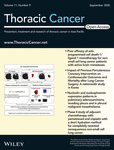
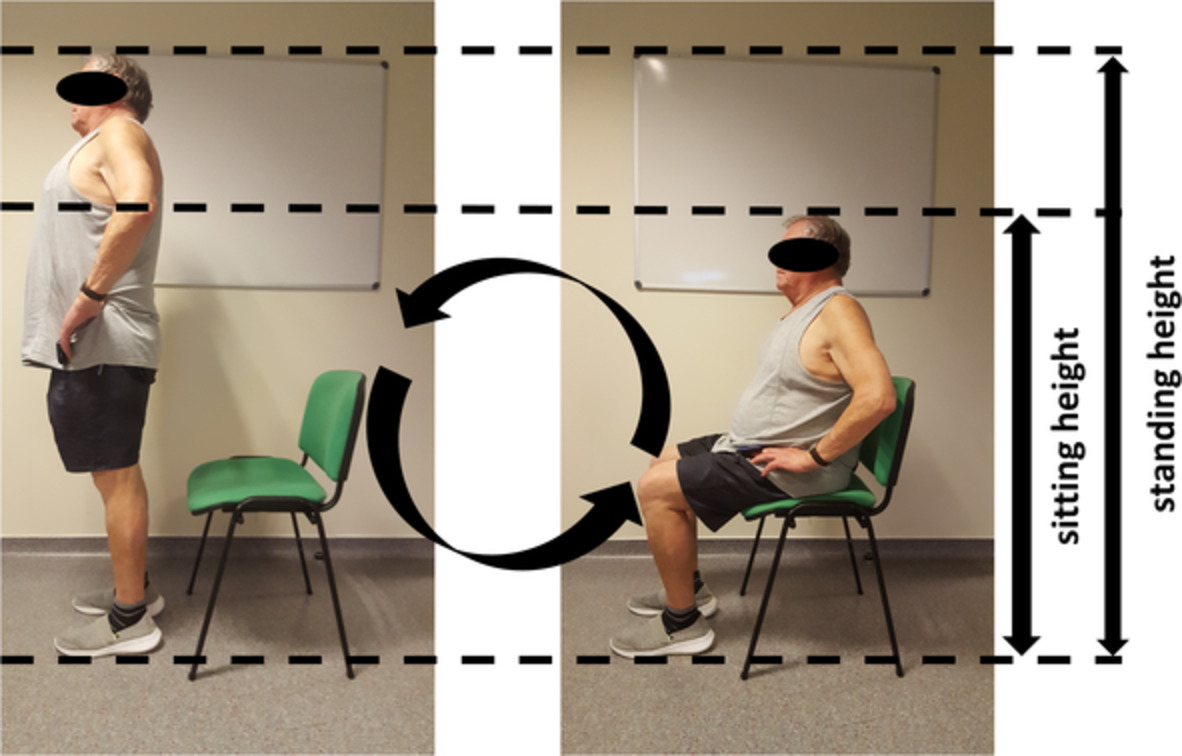
 ) value from the 3CRT yields an unacceptable level of error. Reach 49 chair rises or more during the 3CRT predict a
) value from the 3CRT yields an unacceptable level of error. Reach 49 chair rises or more during the 3CRT predict a  ≥ 15 ml/kg/min.
≥ 15 ml/kg/min.